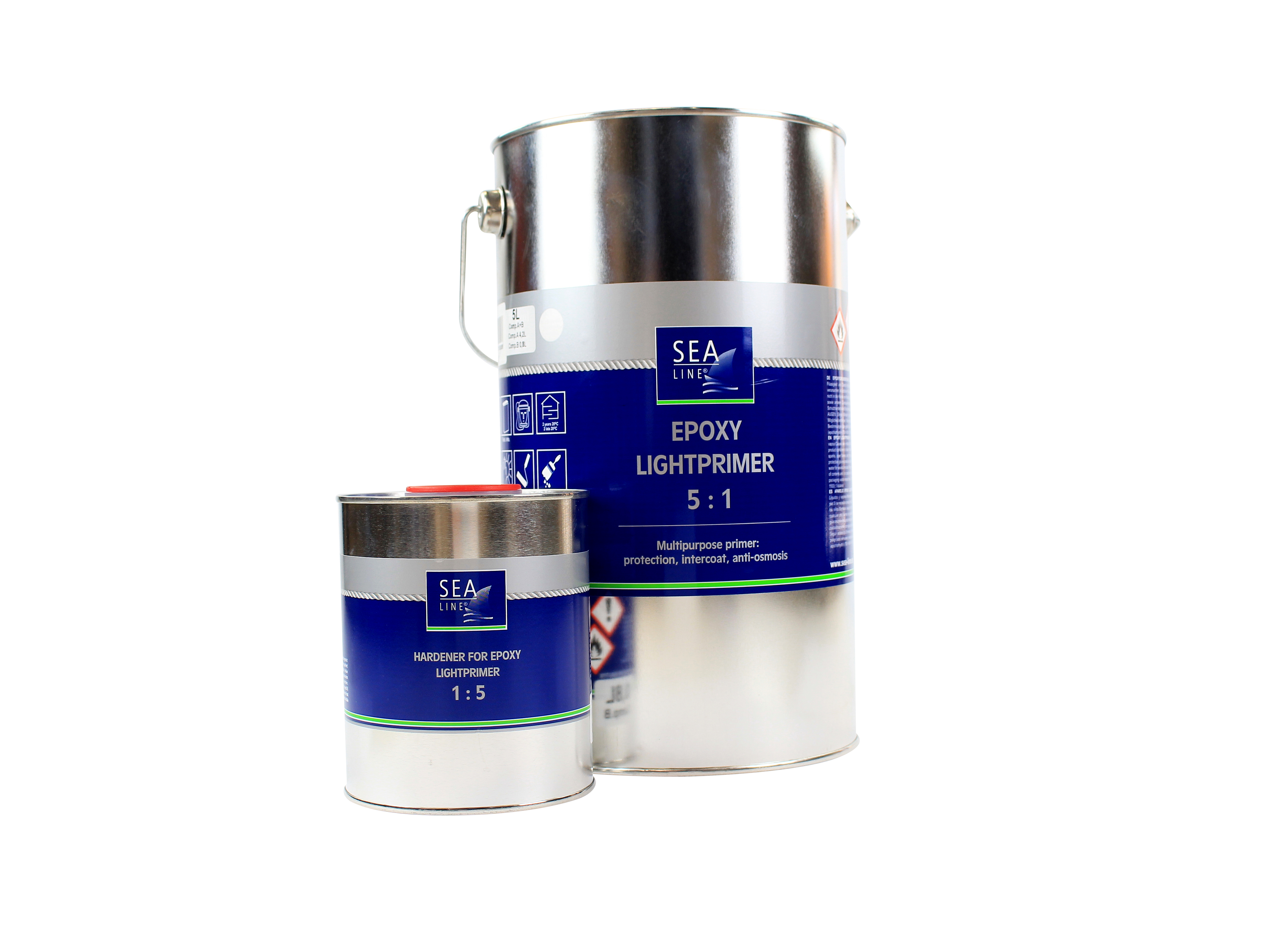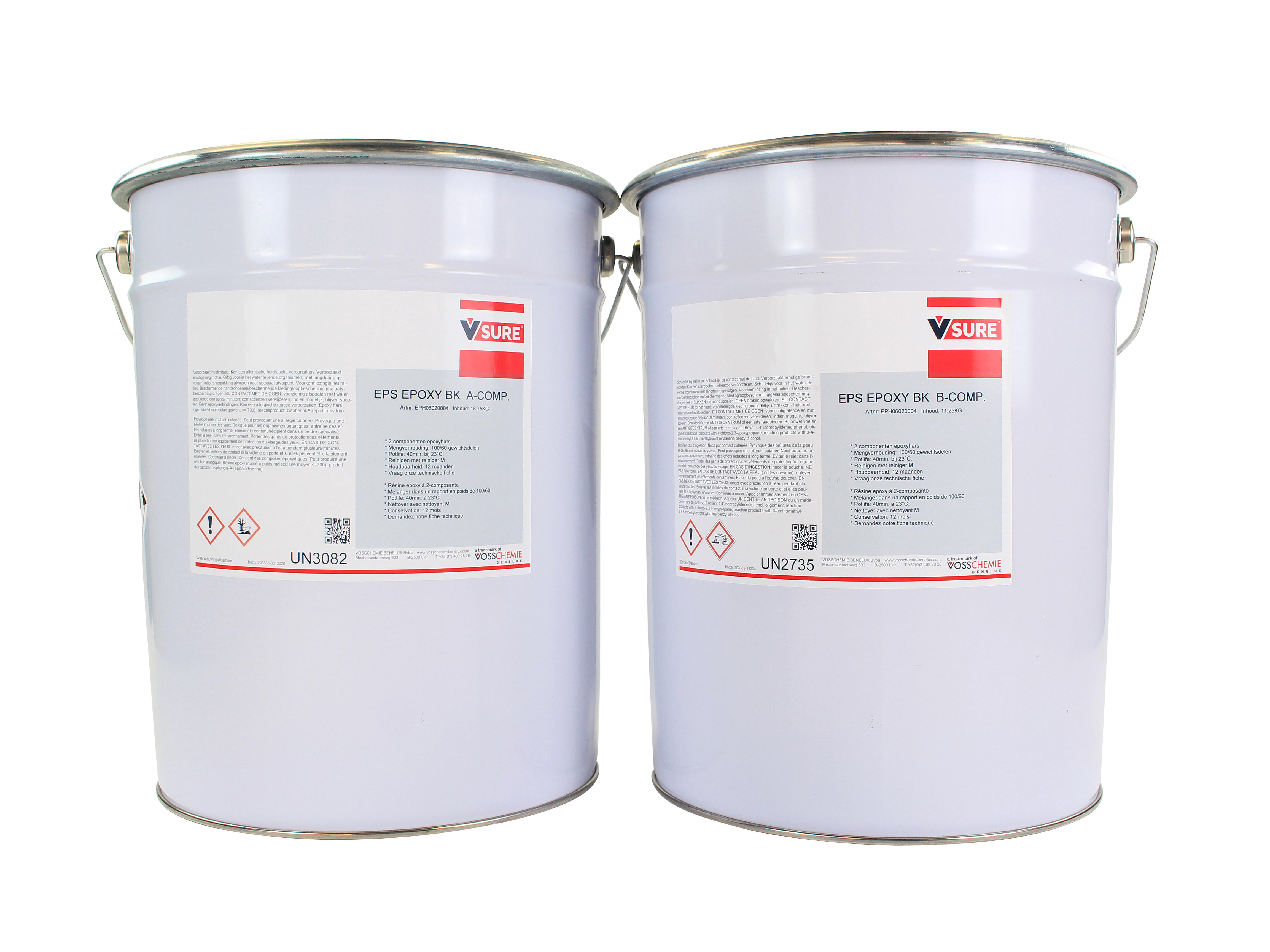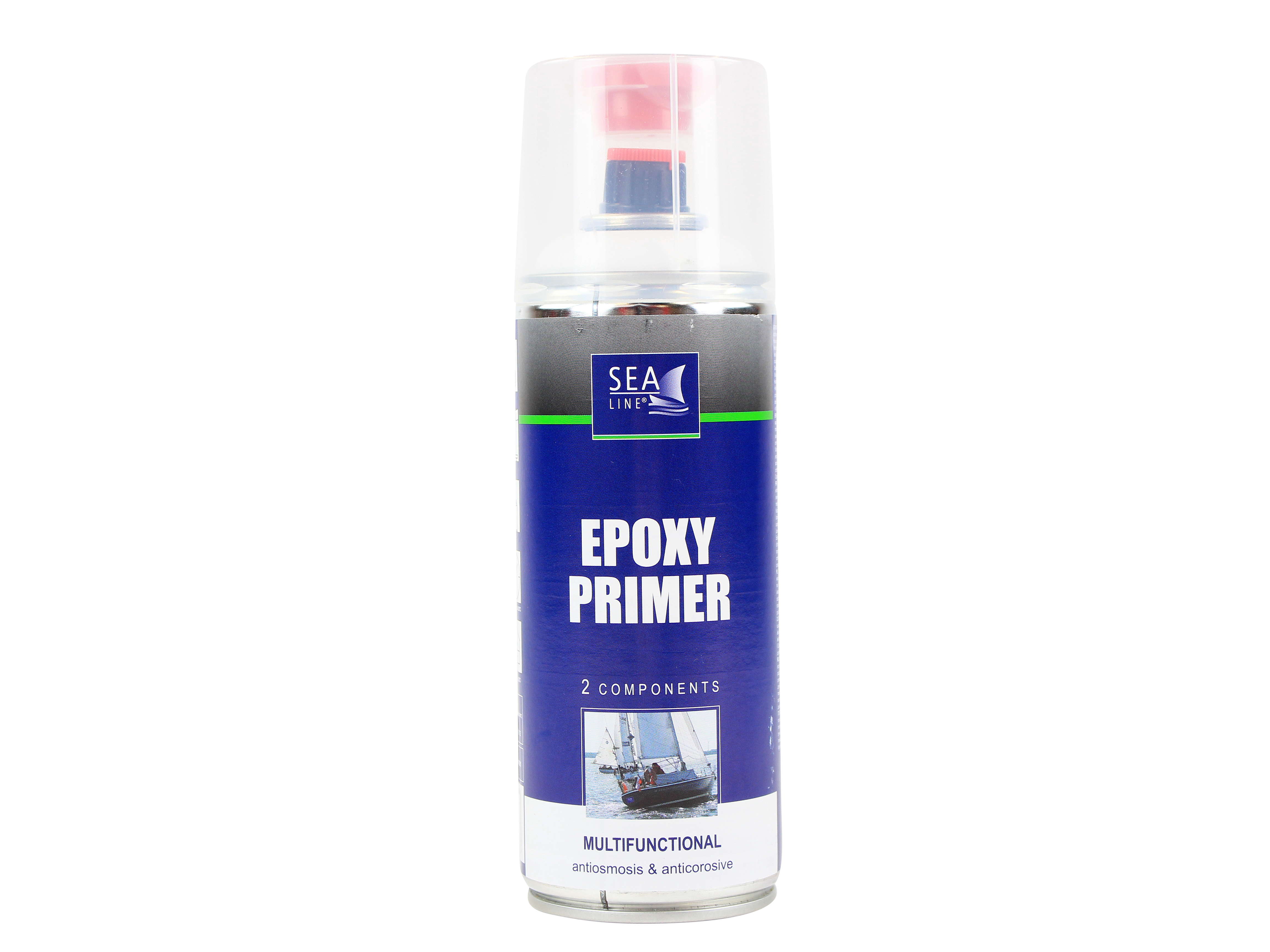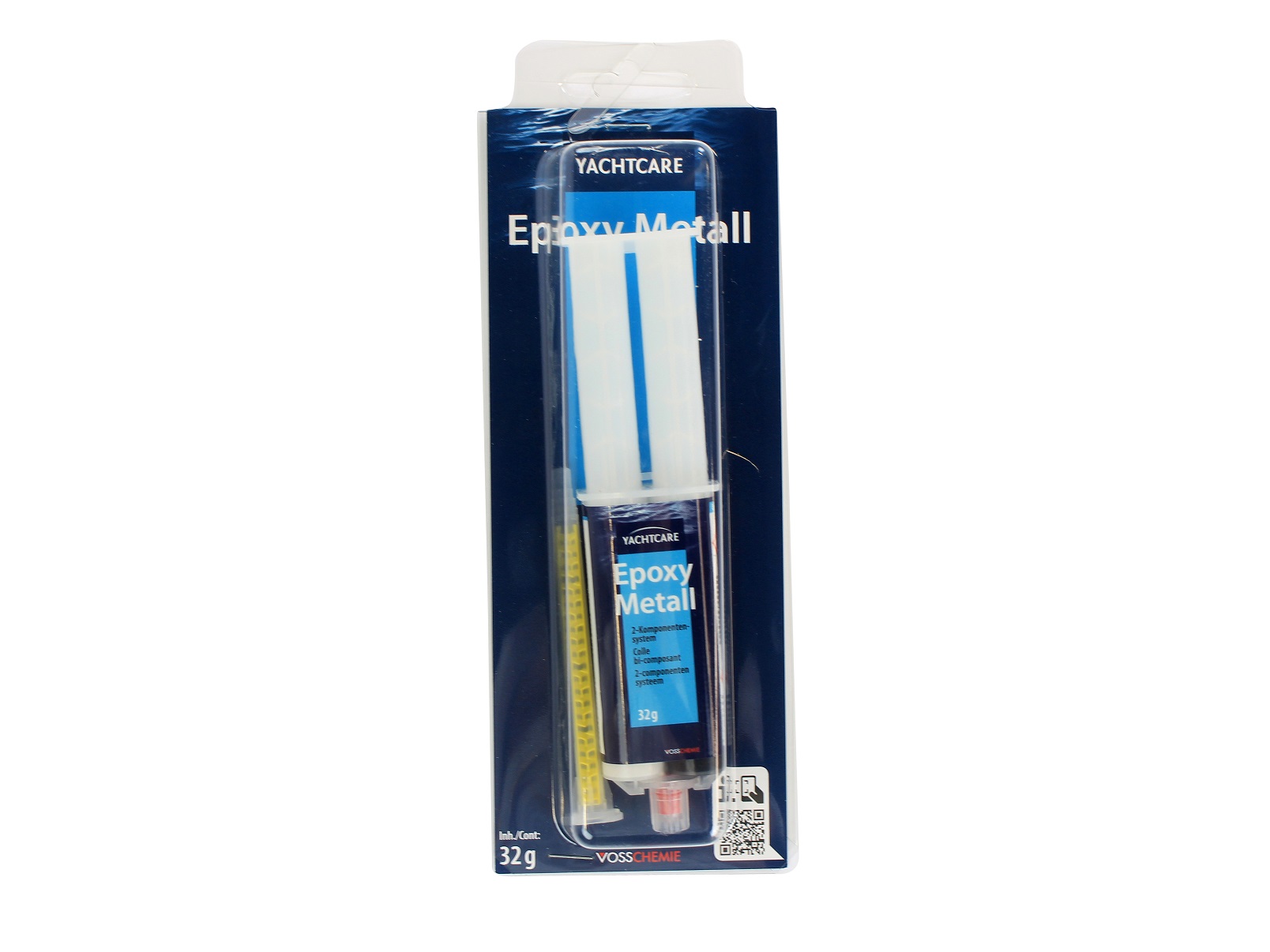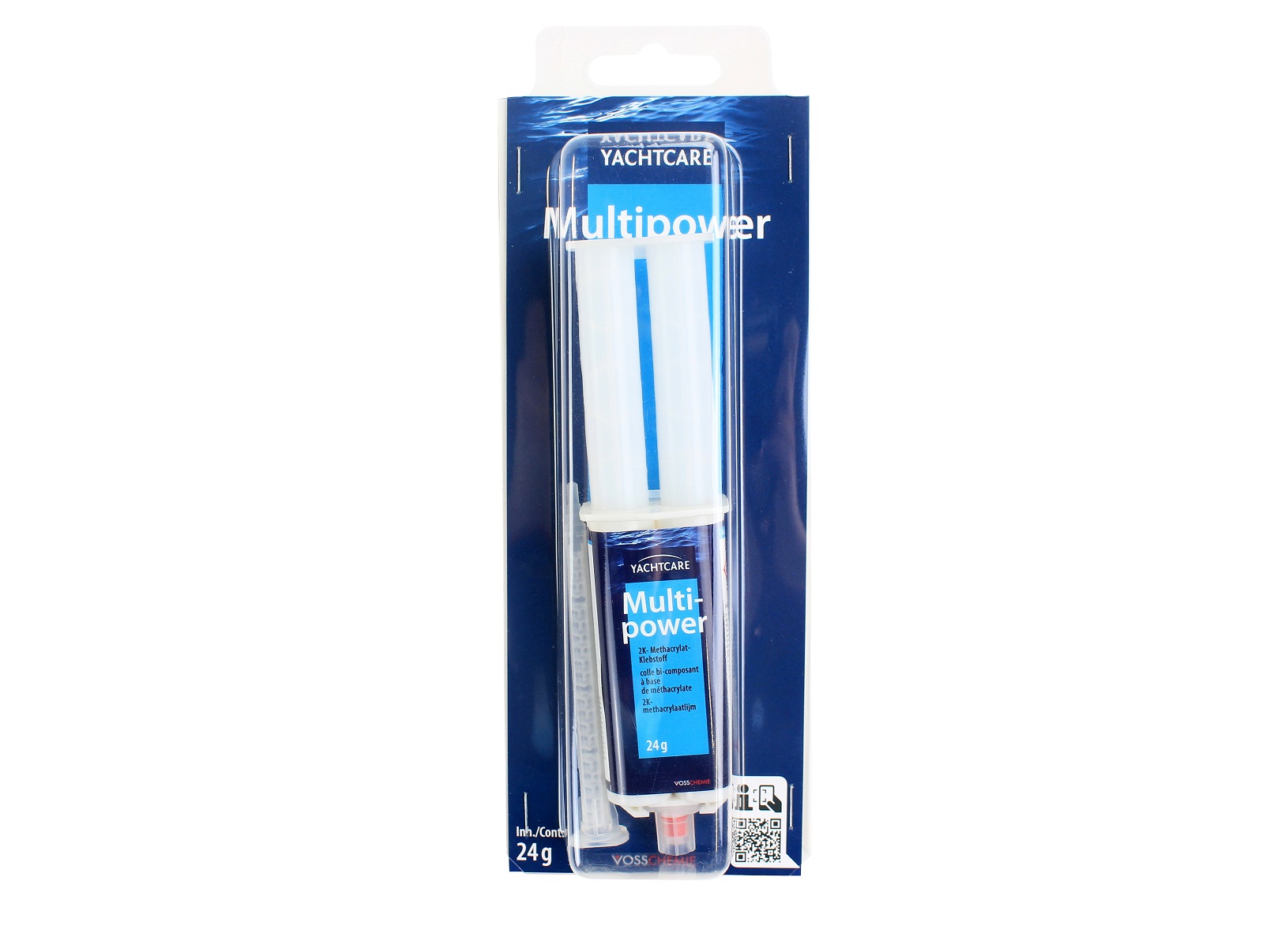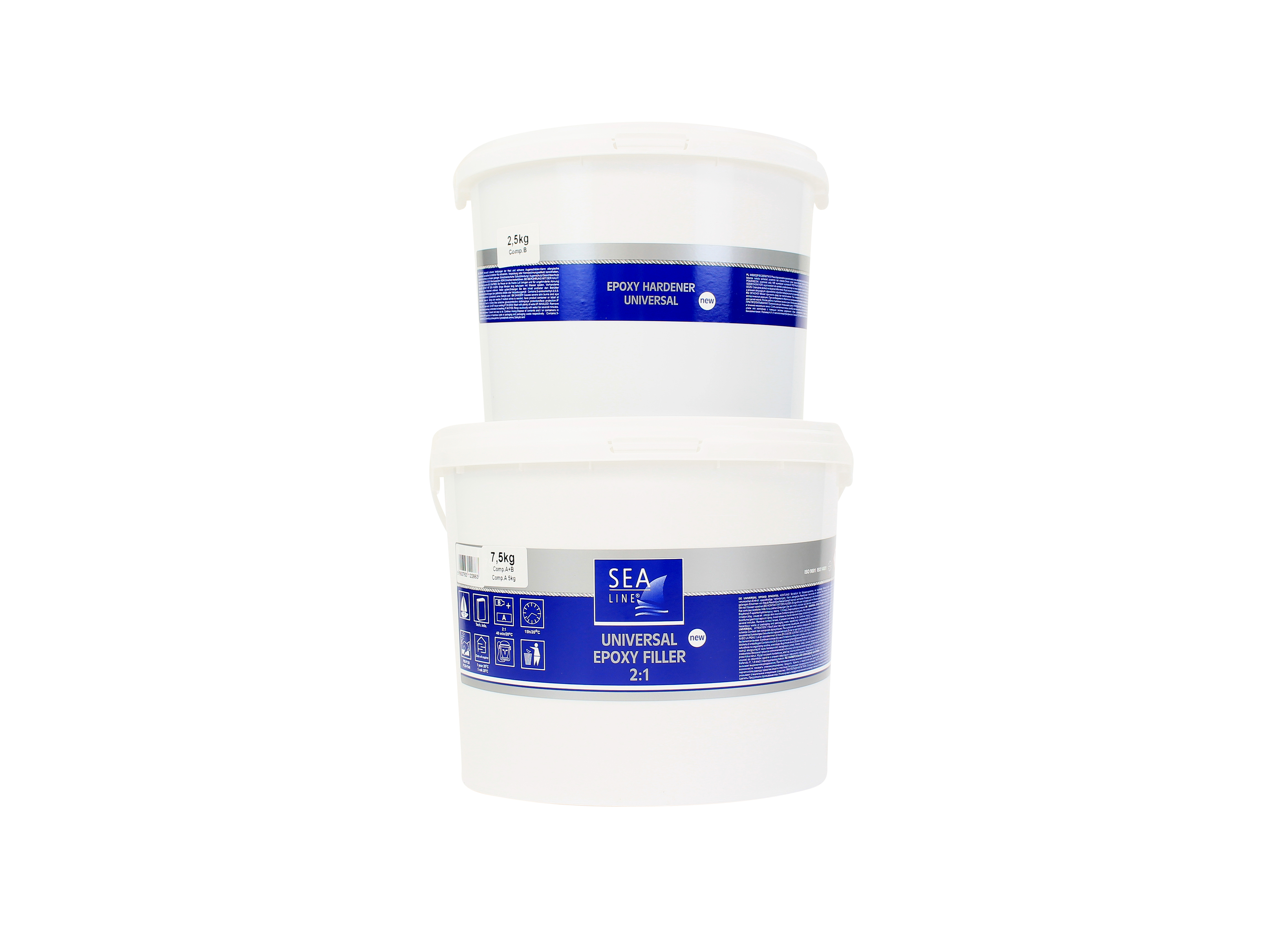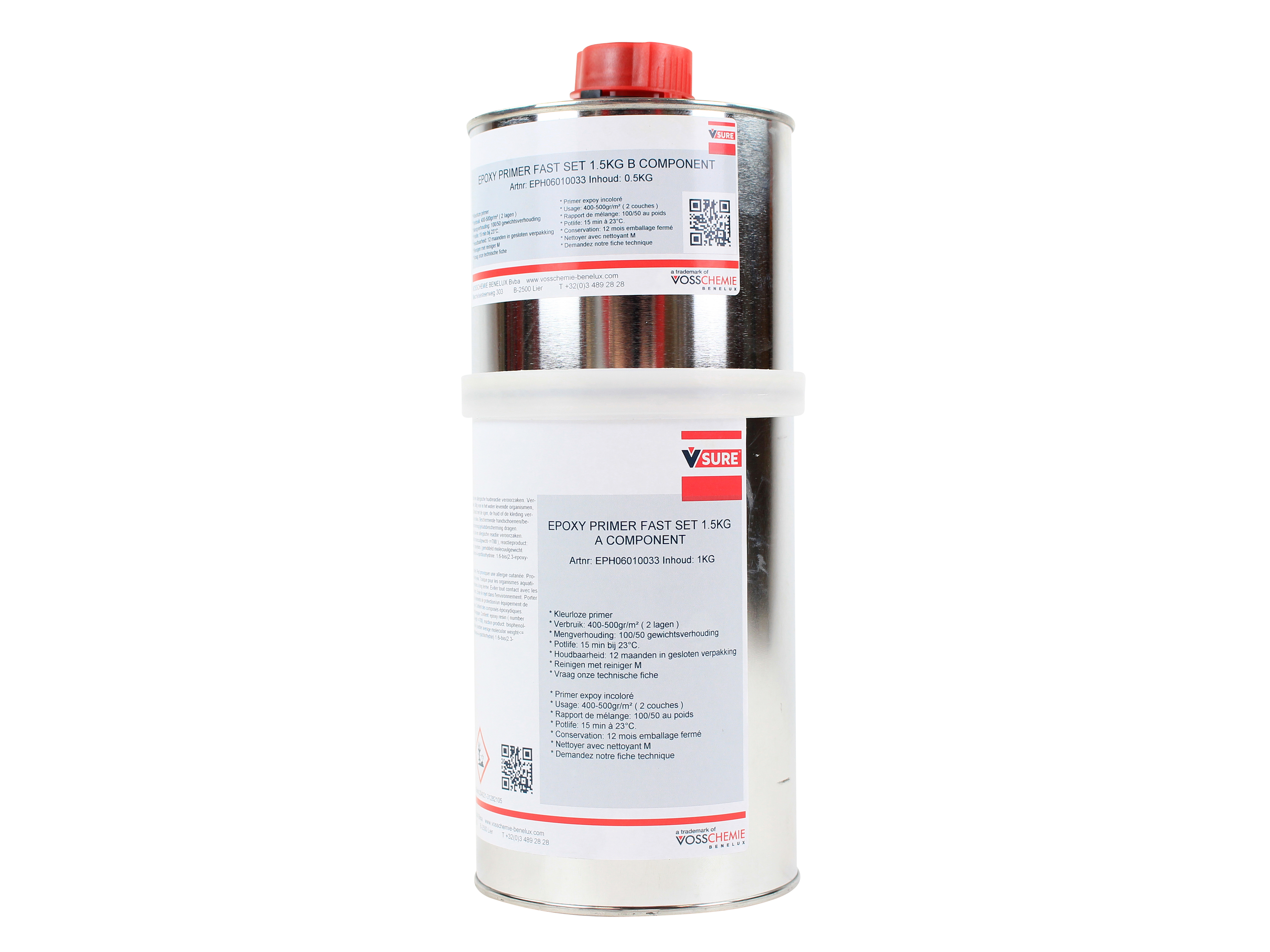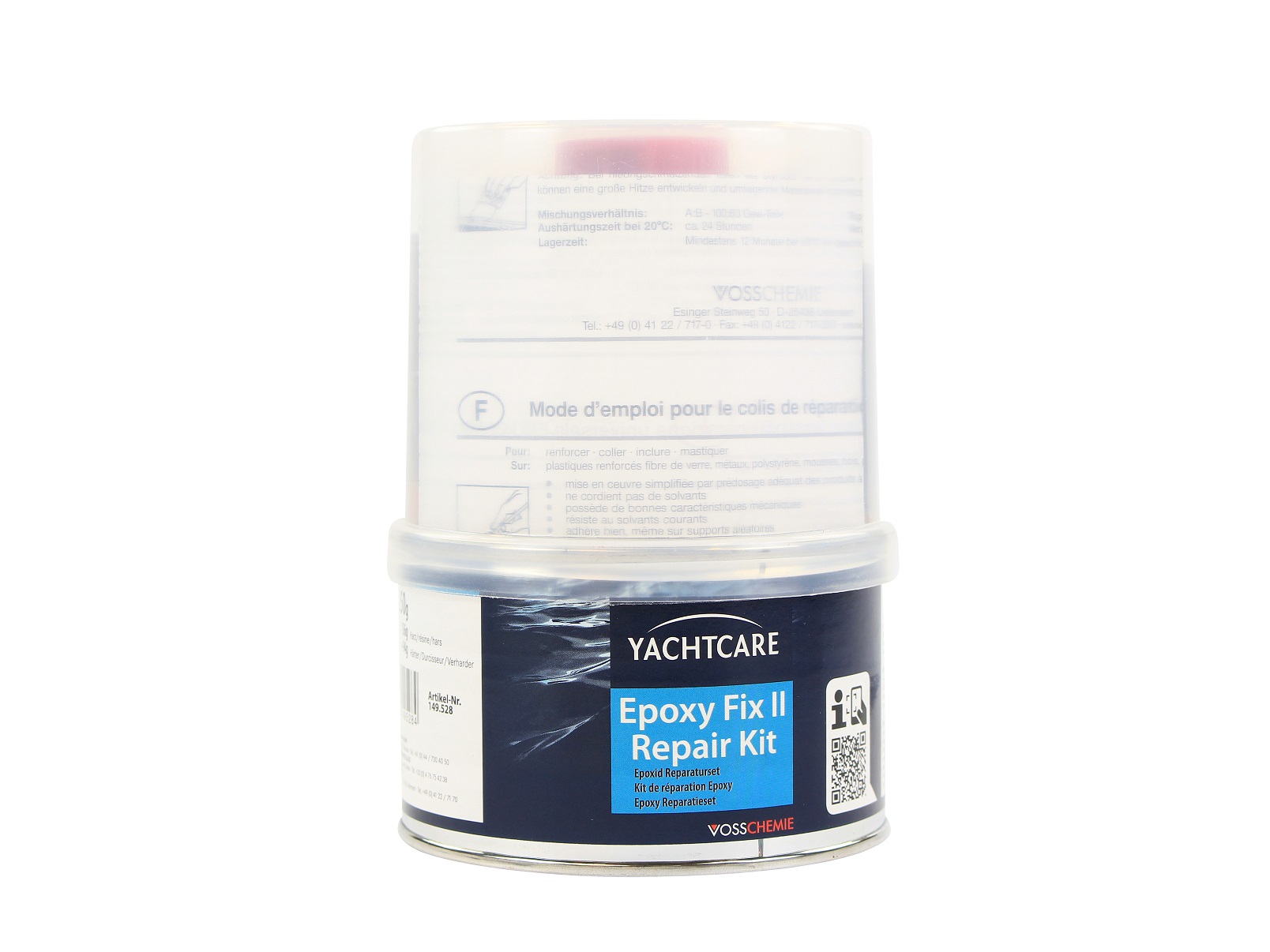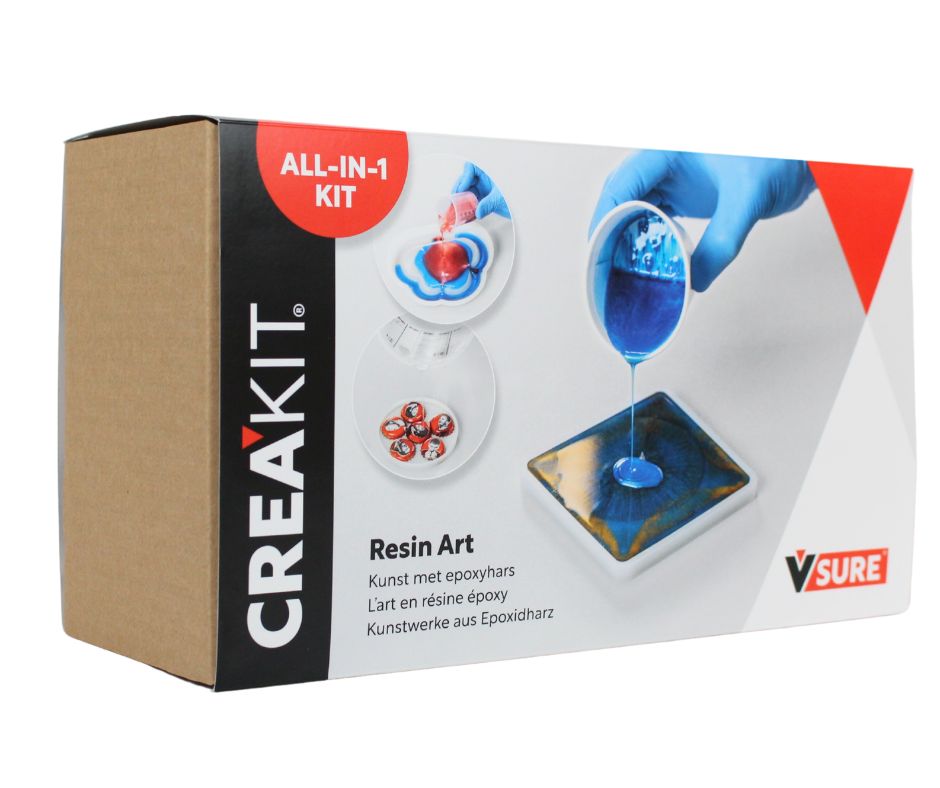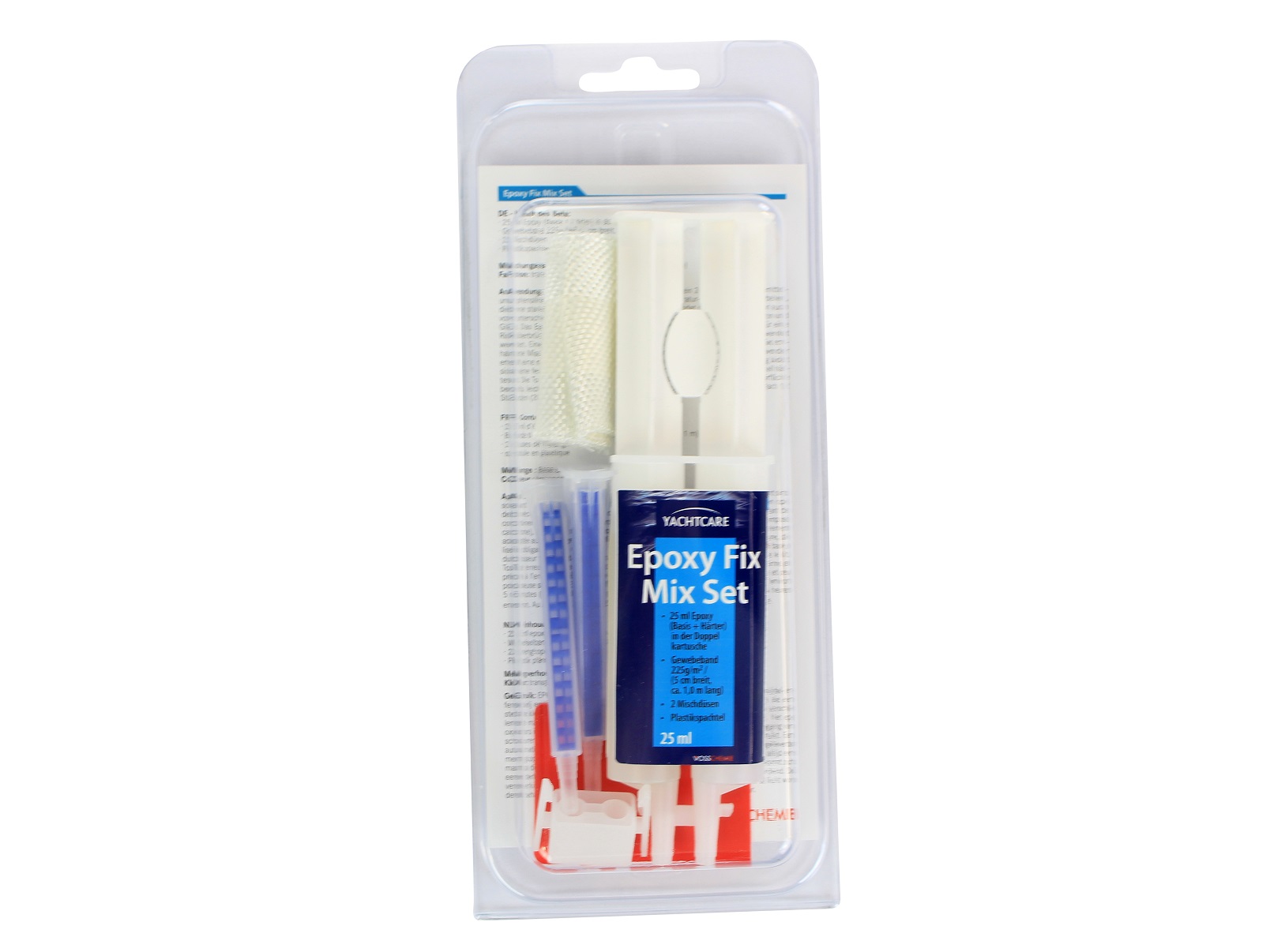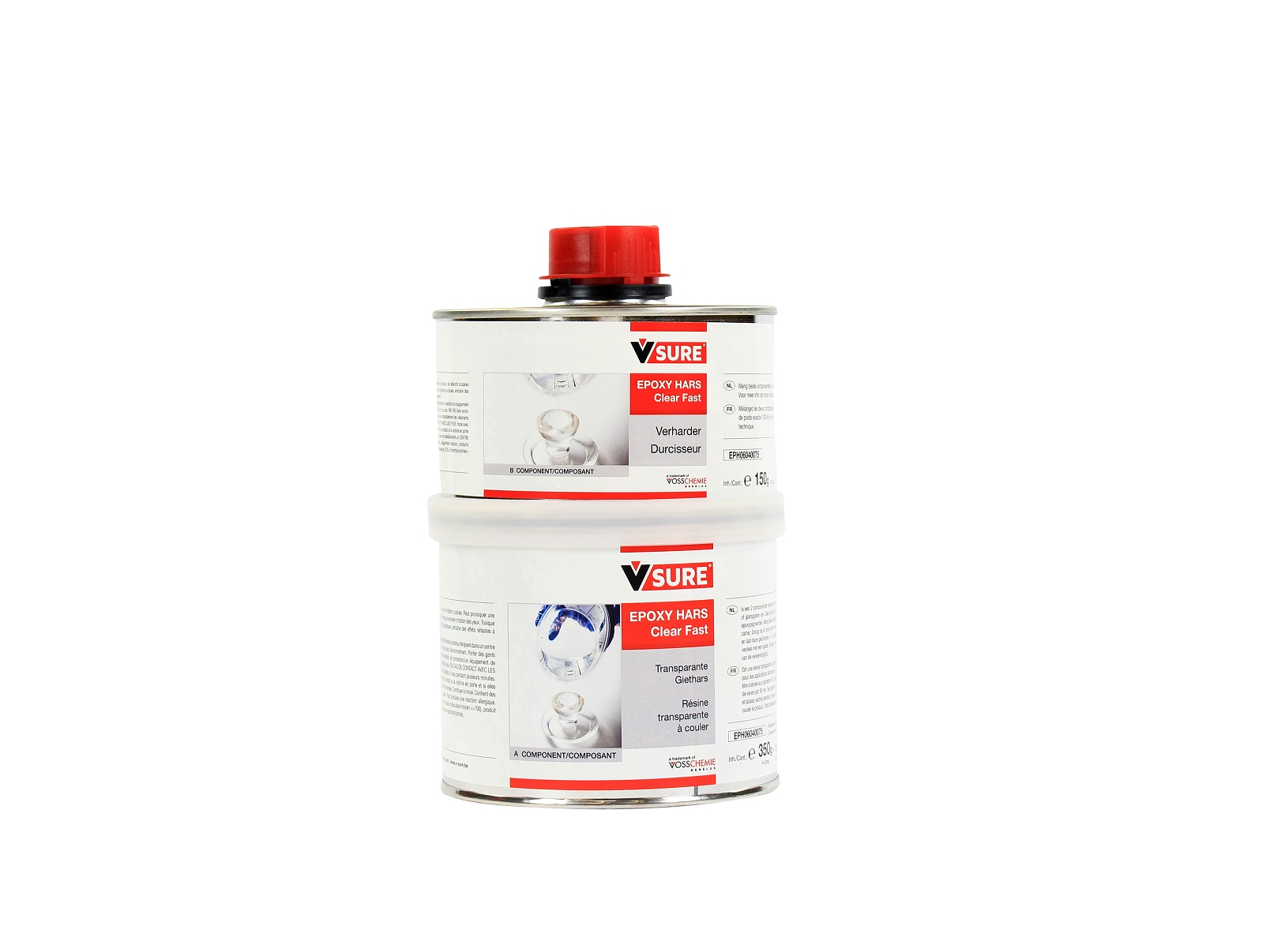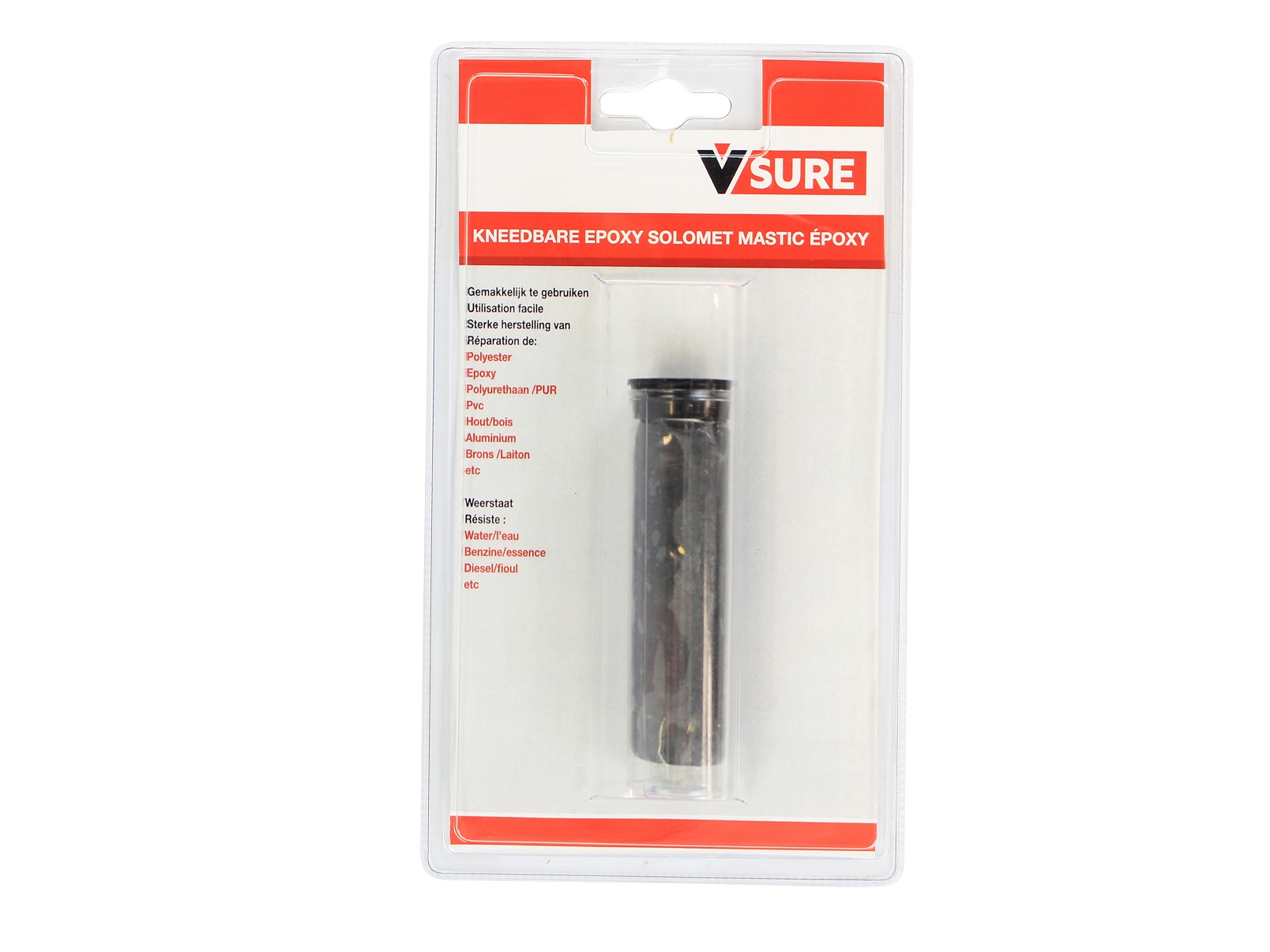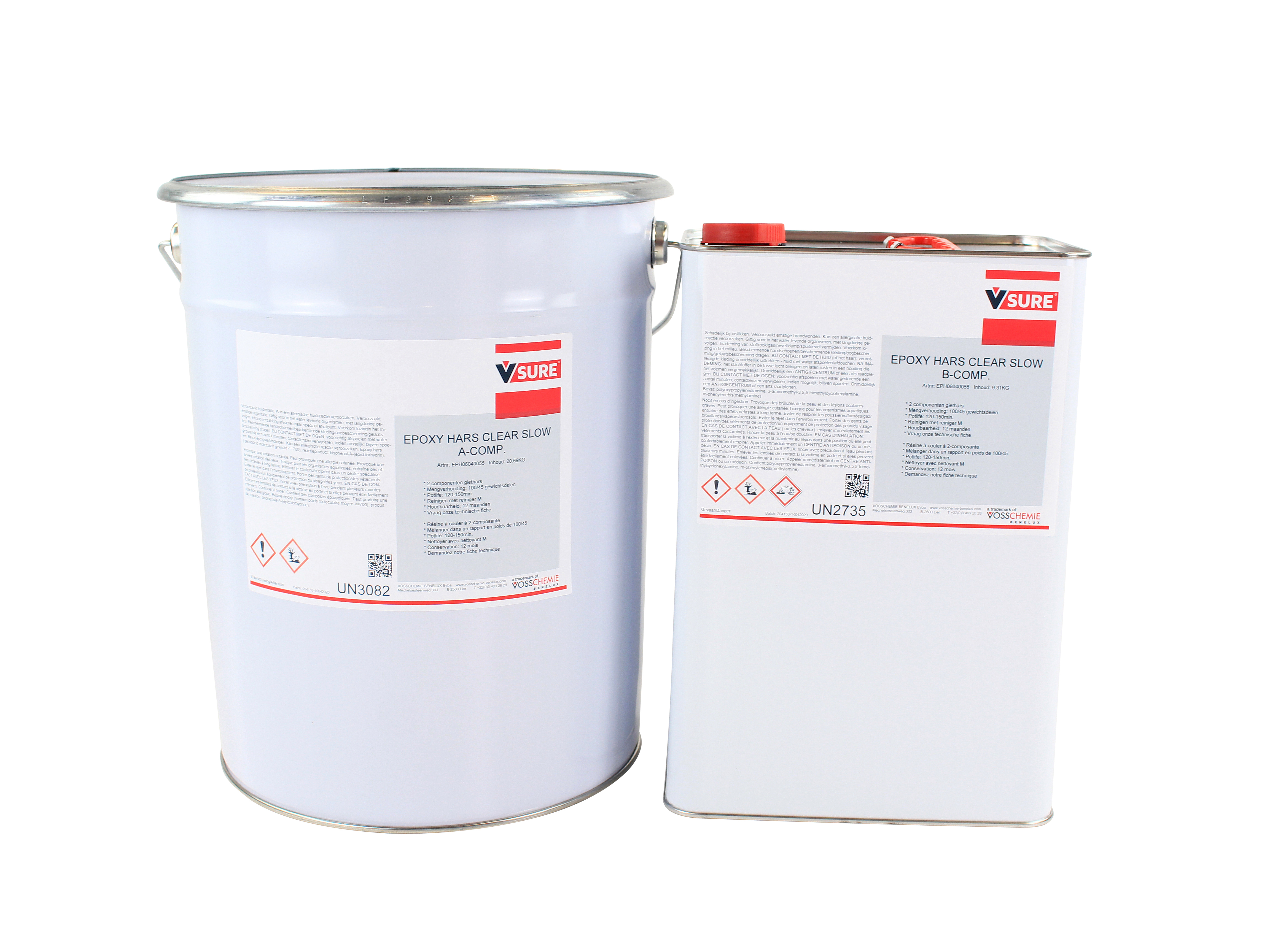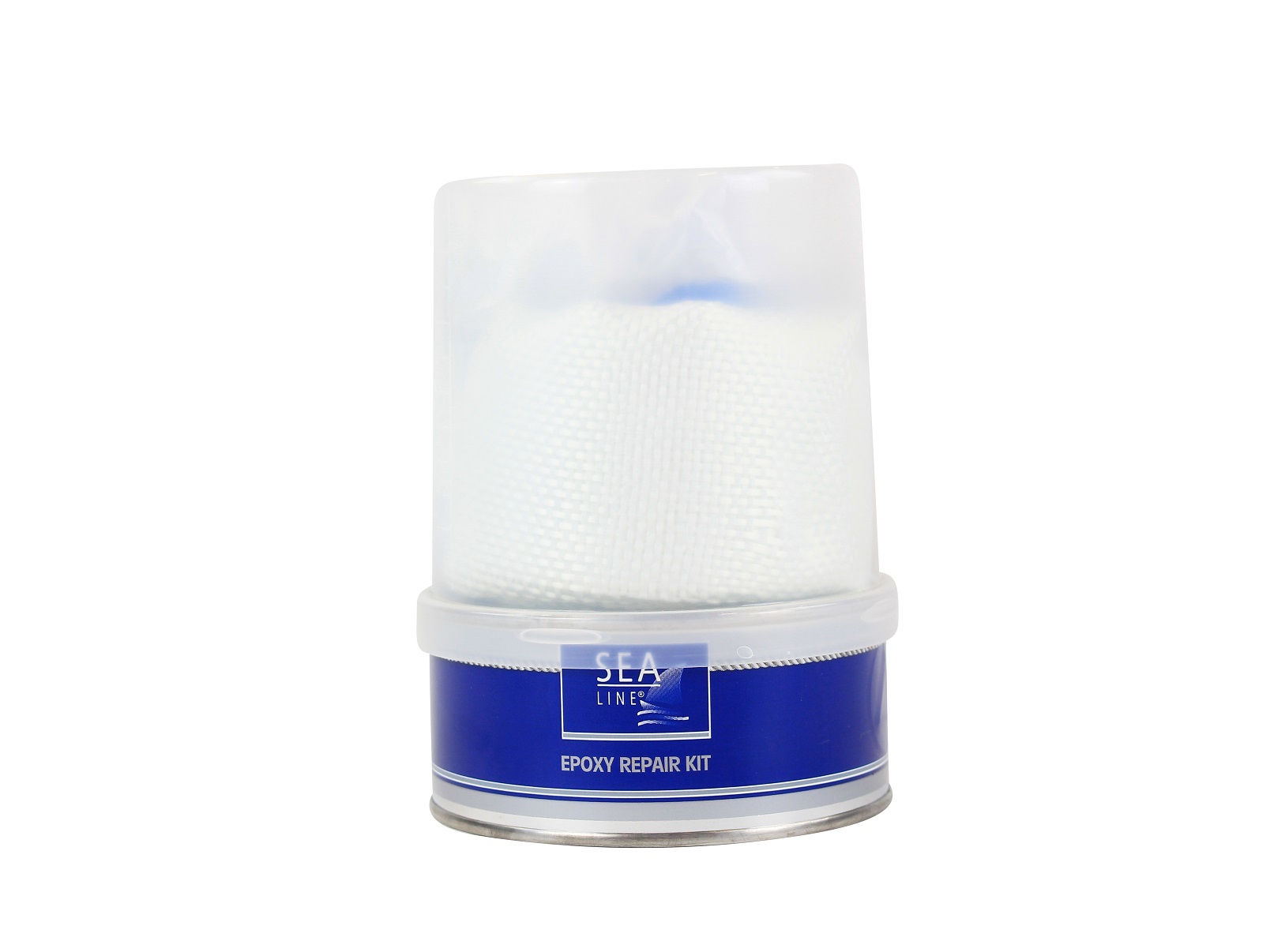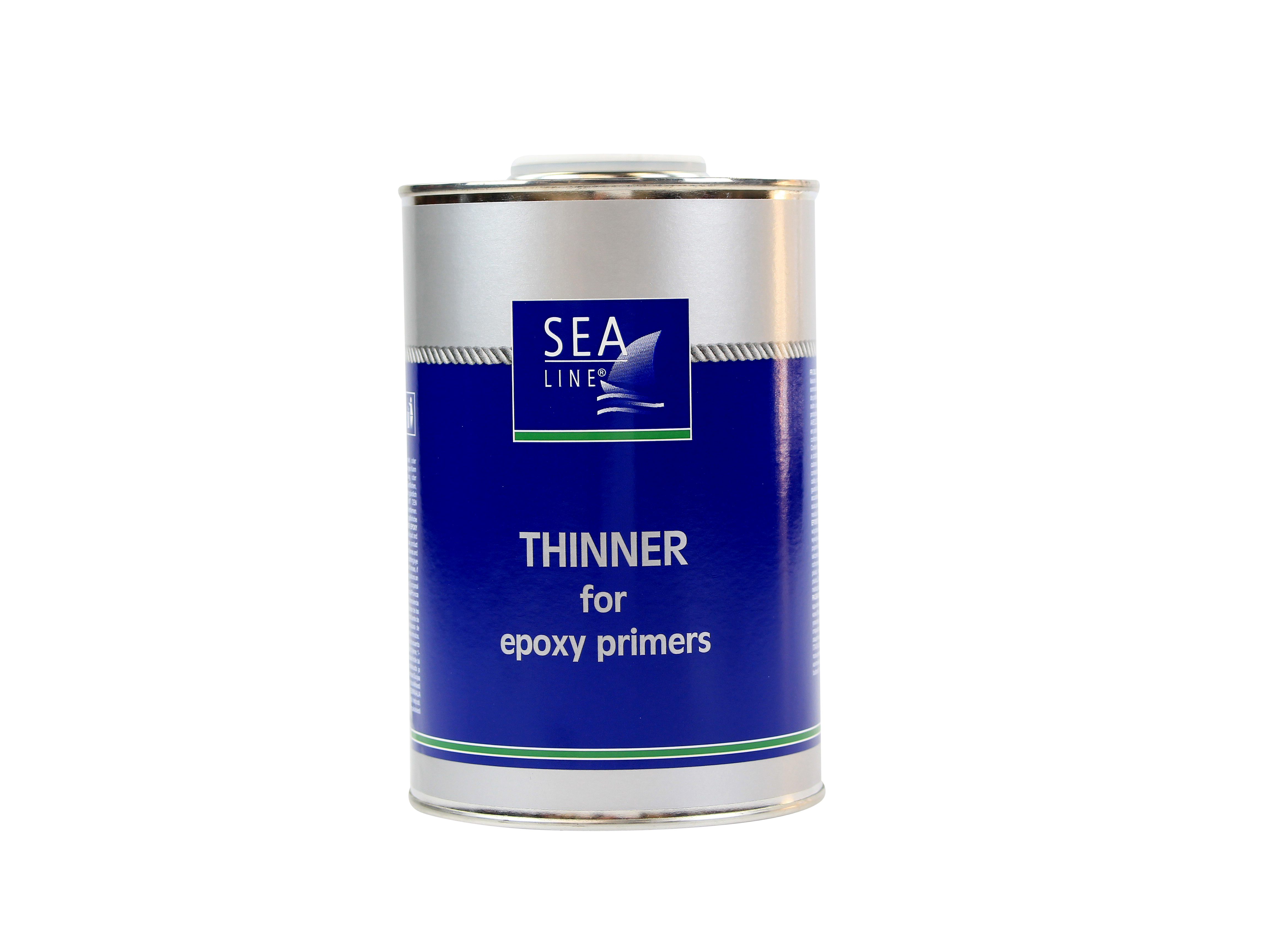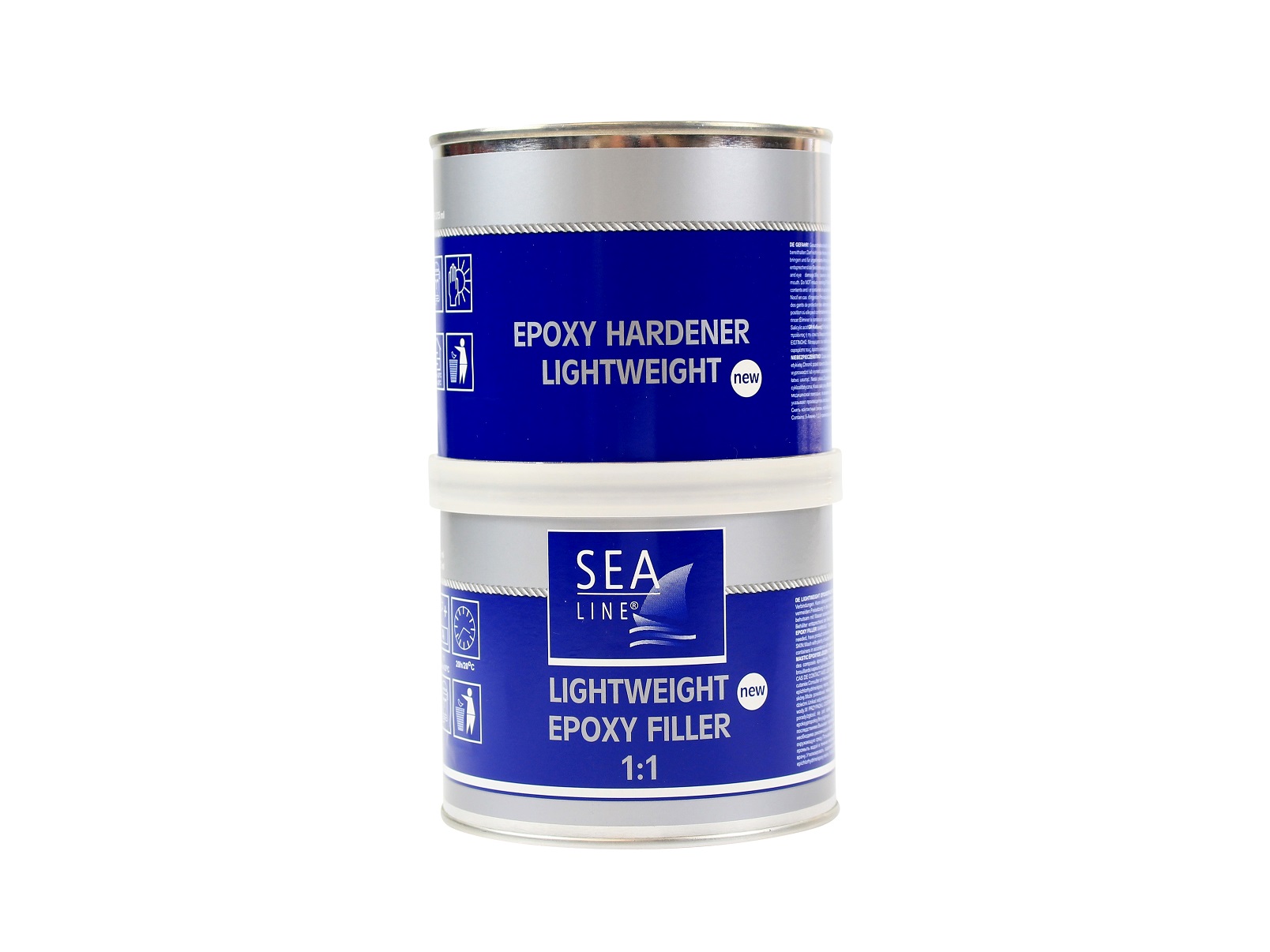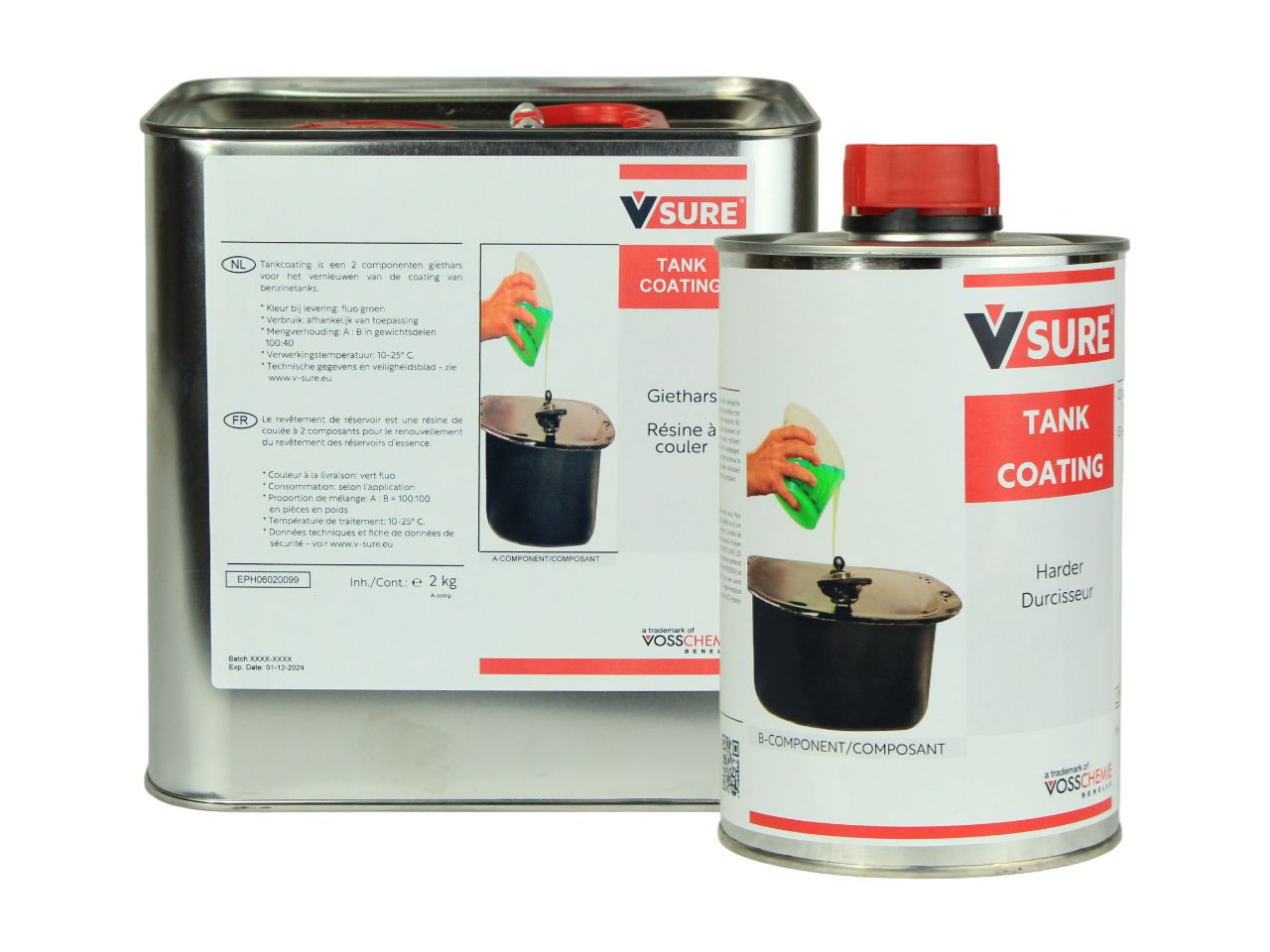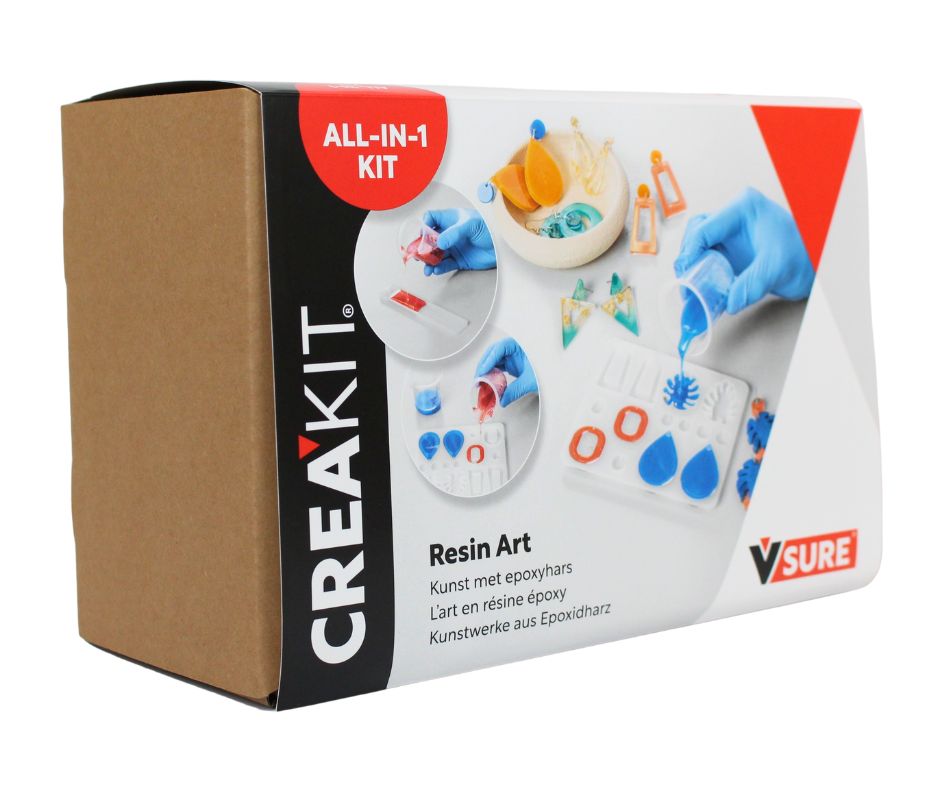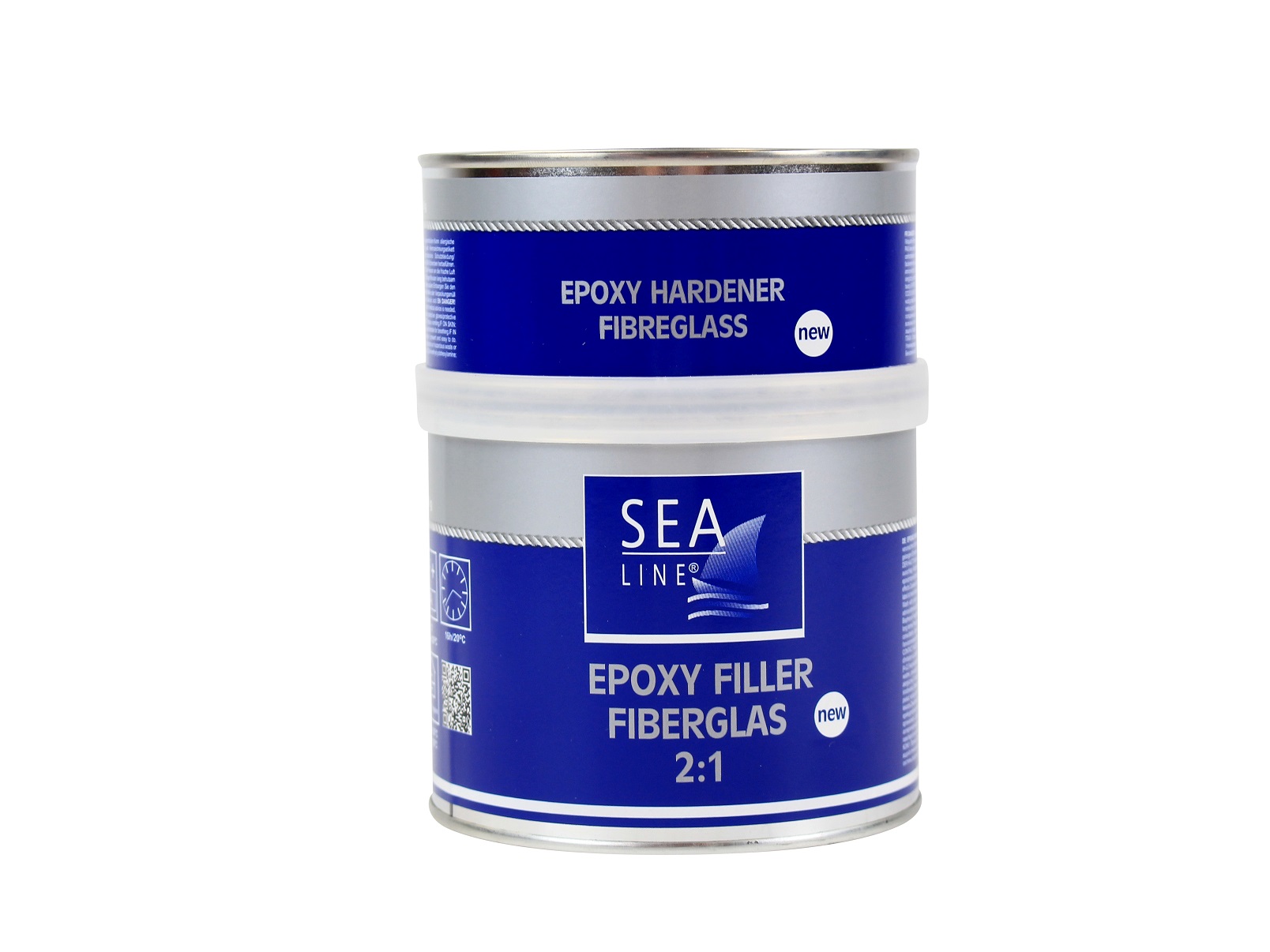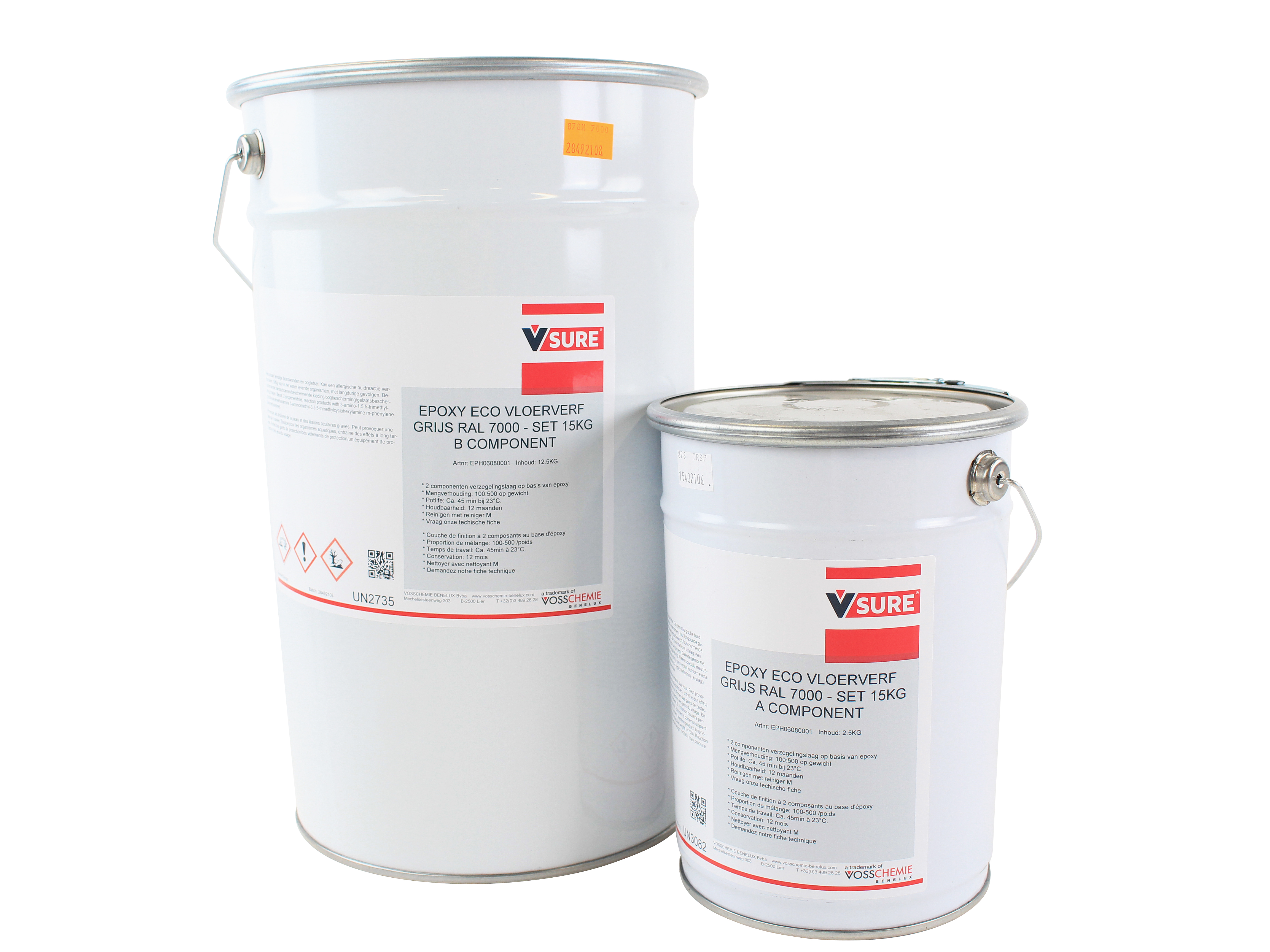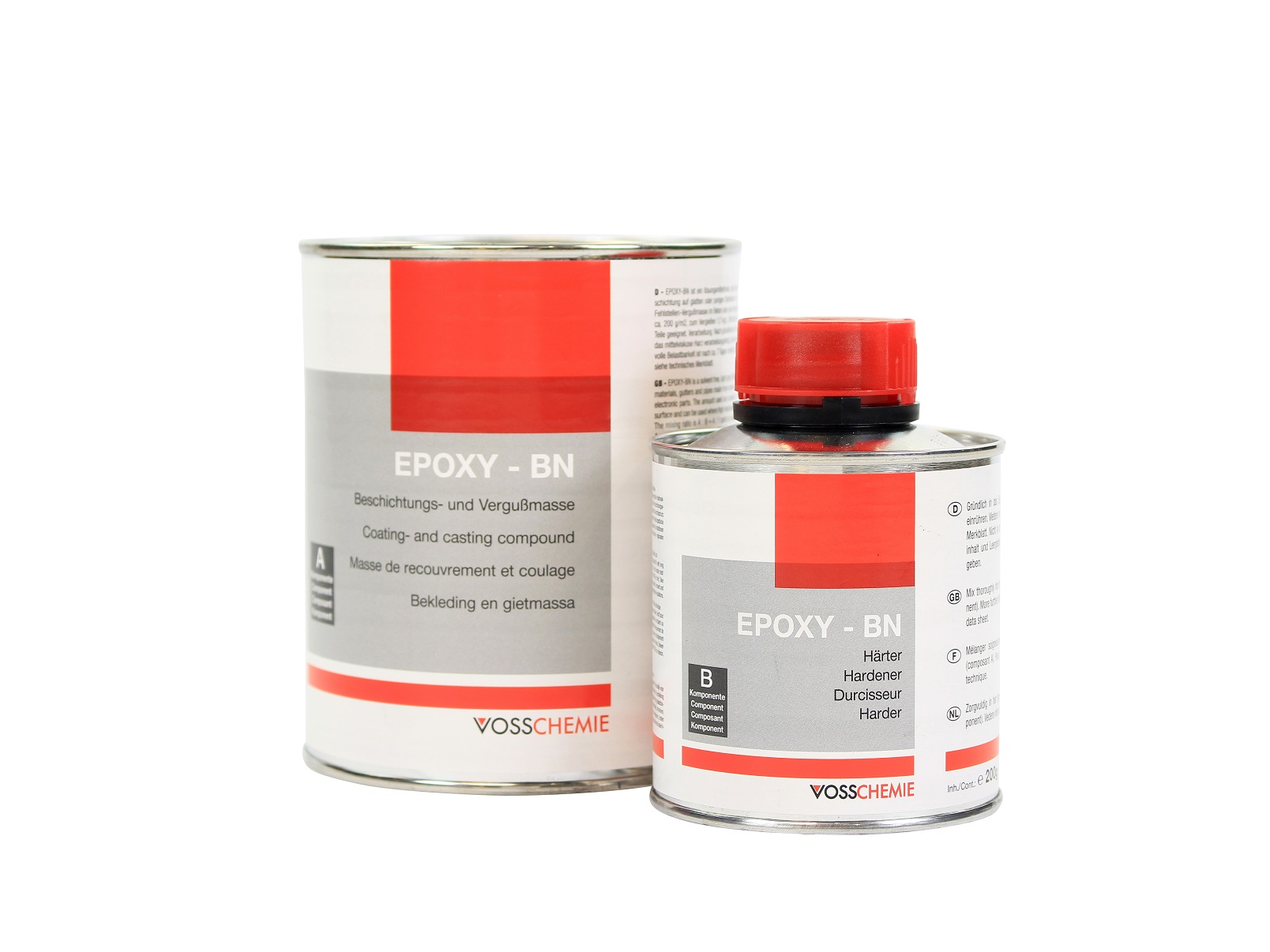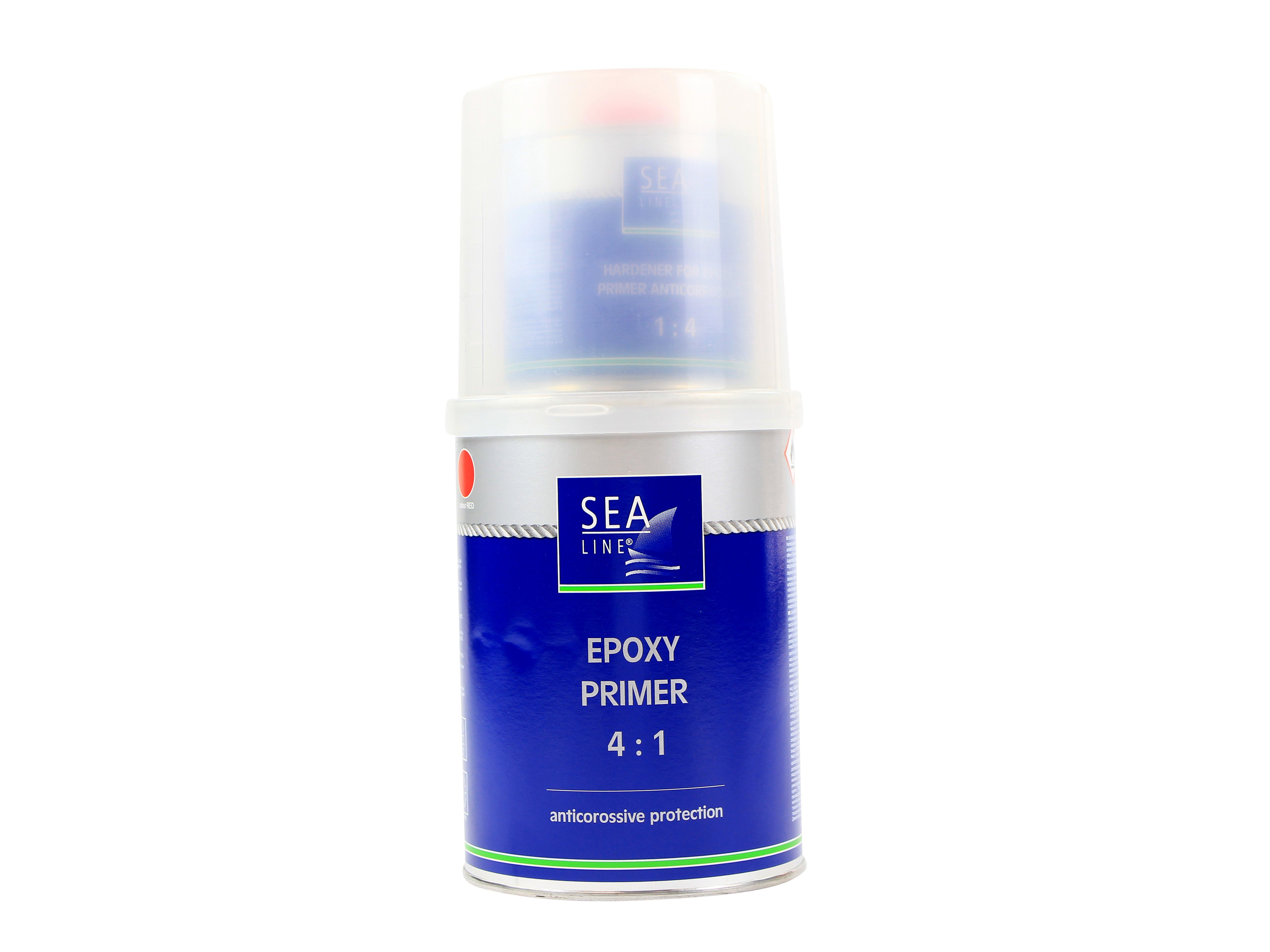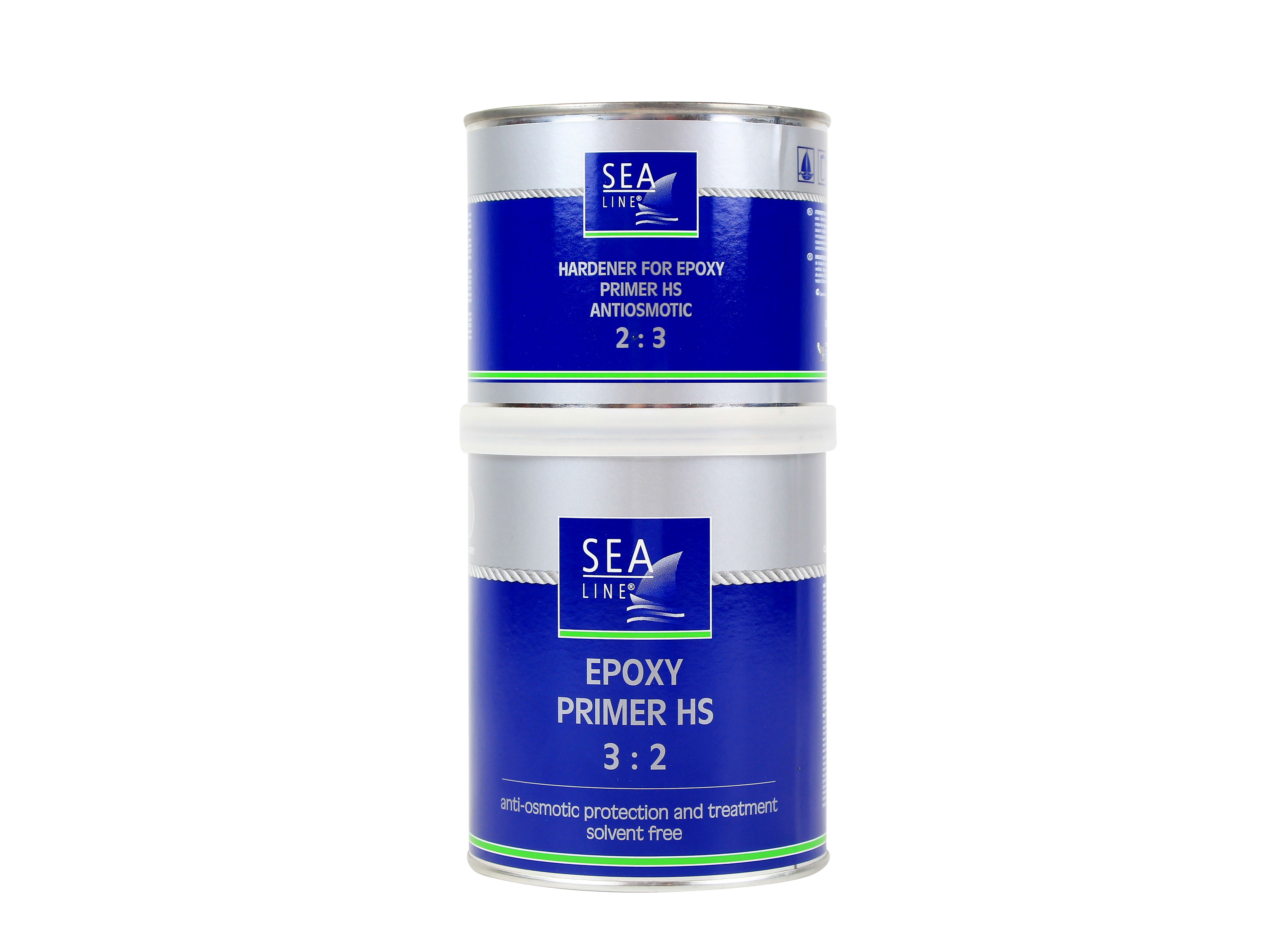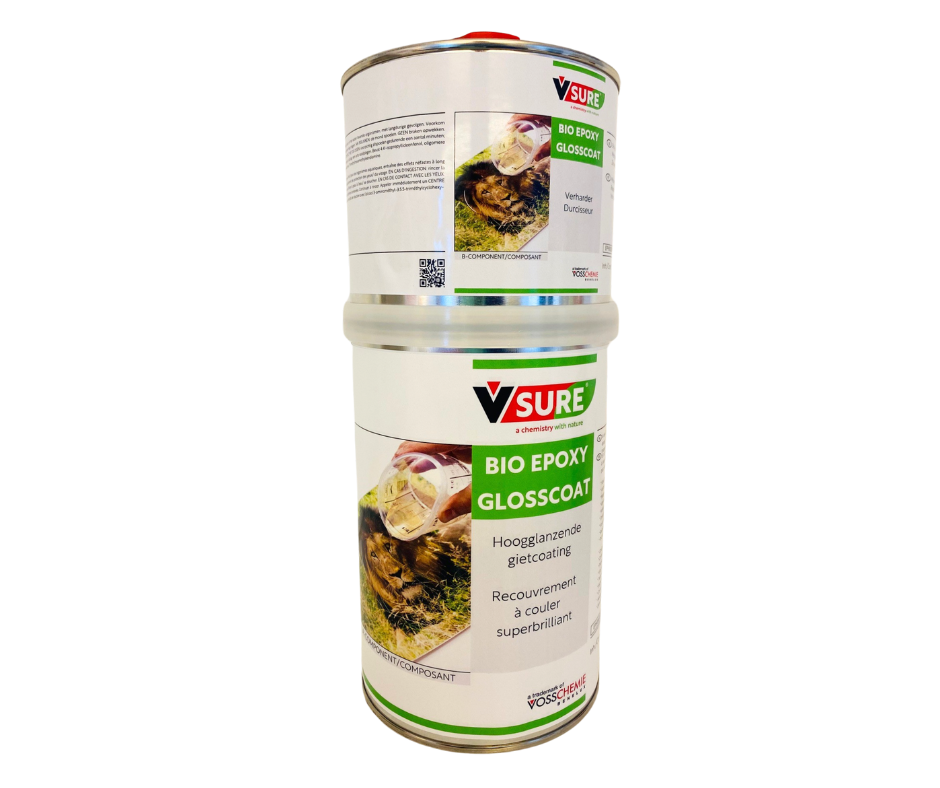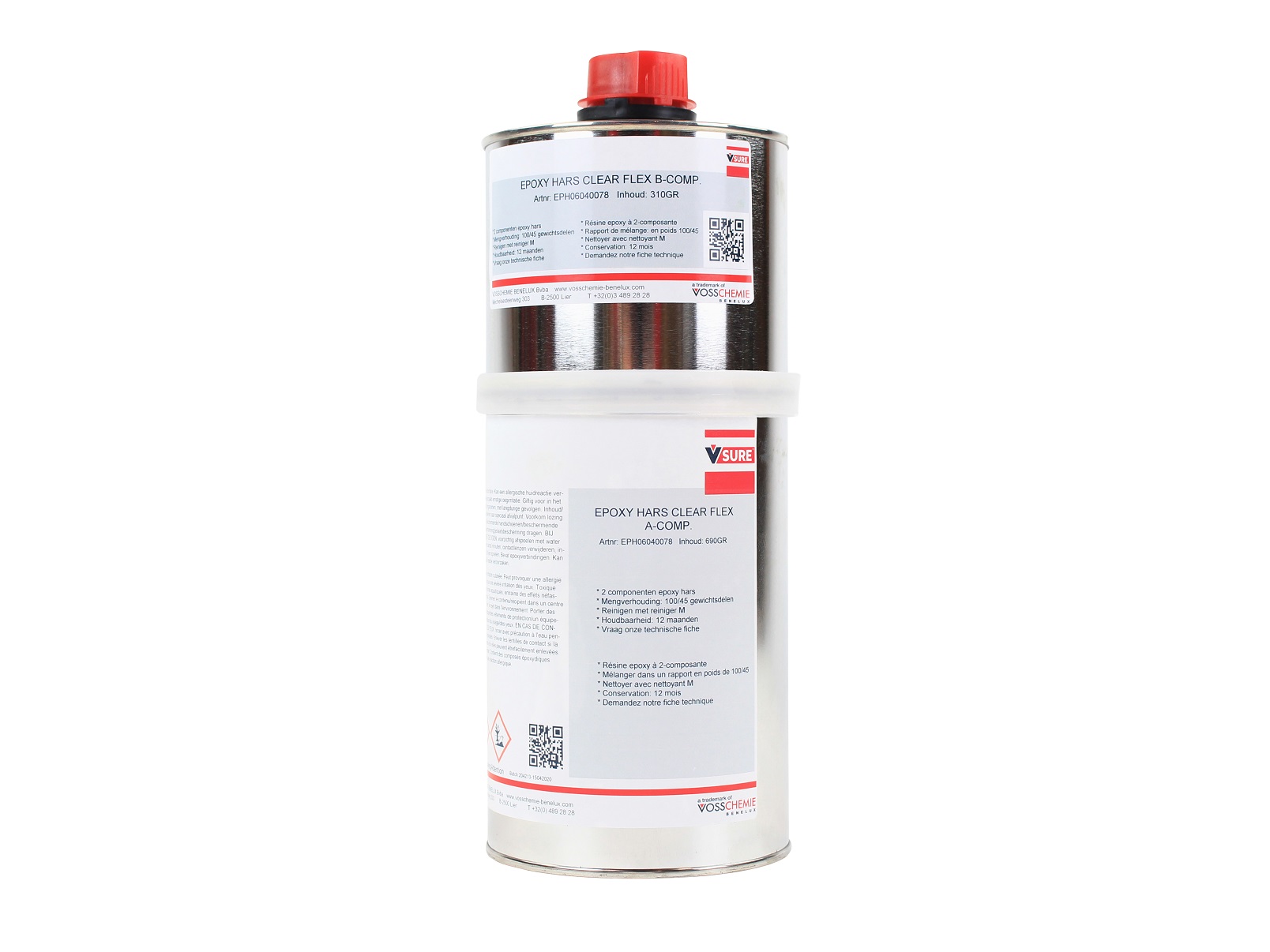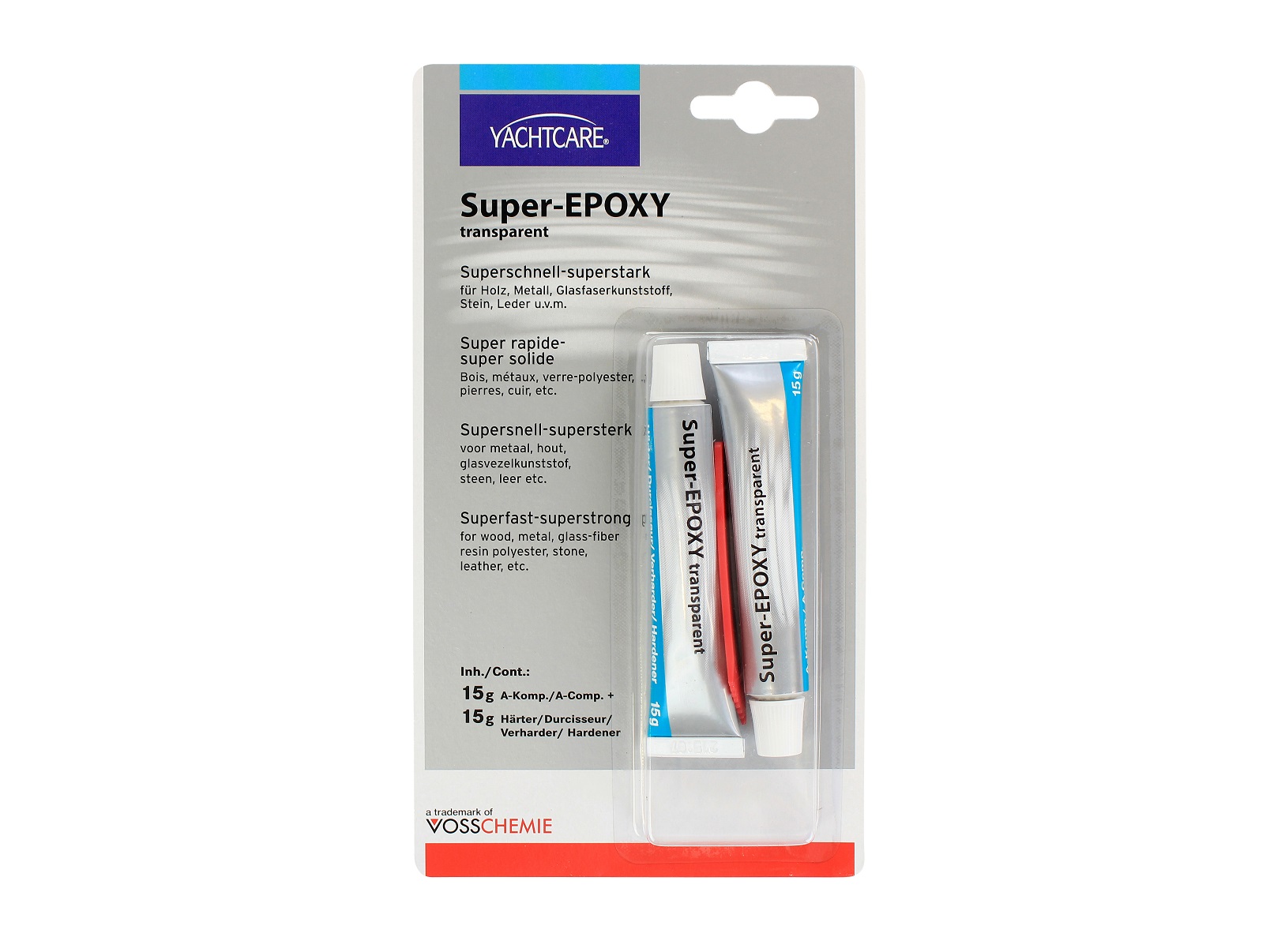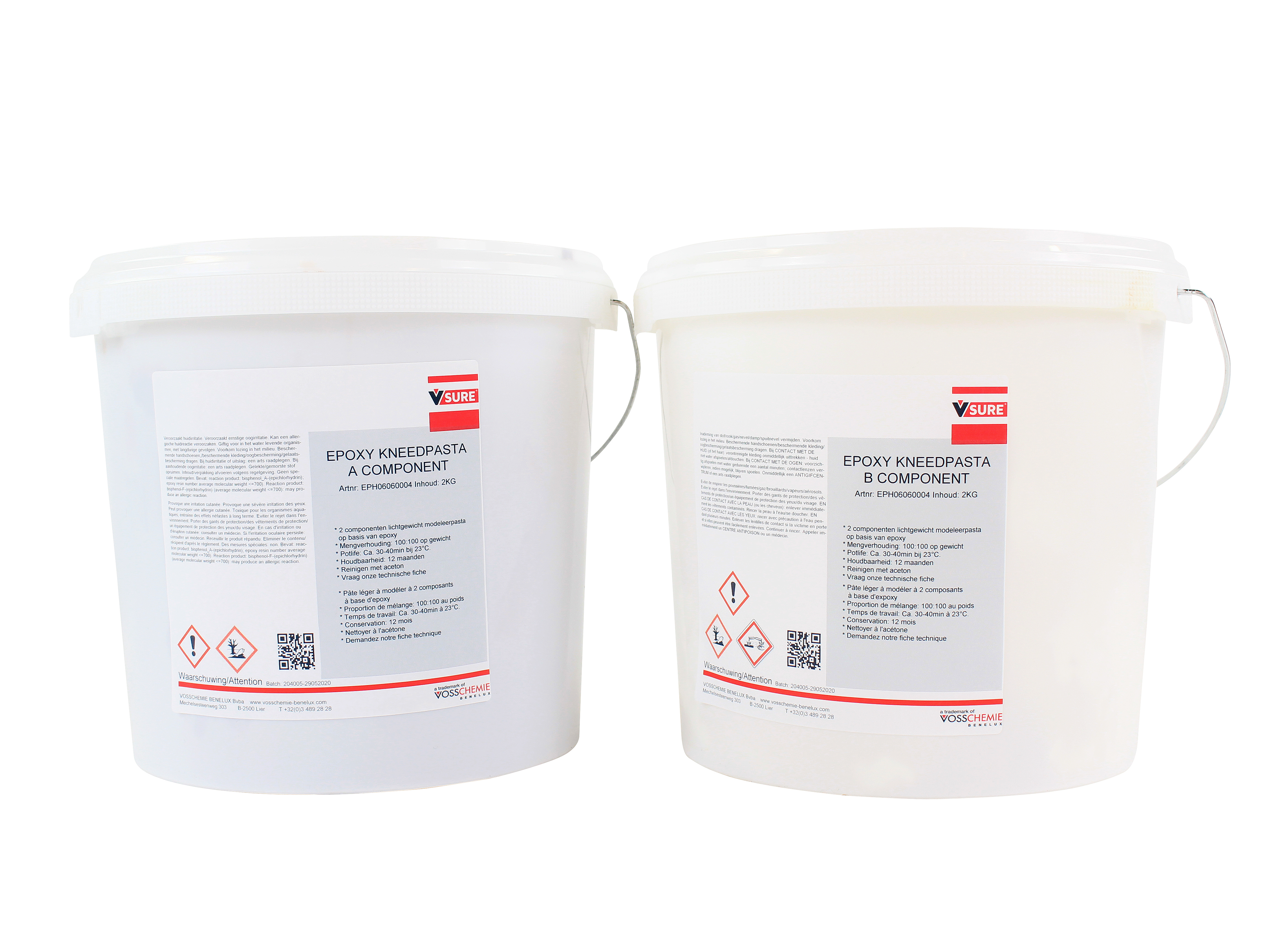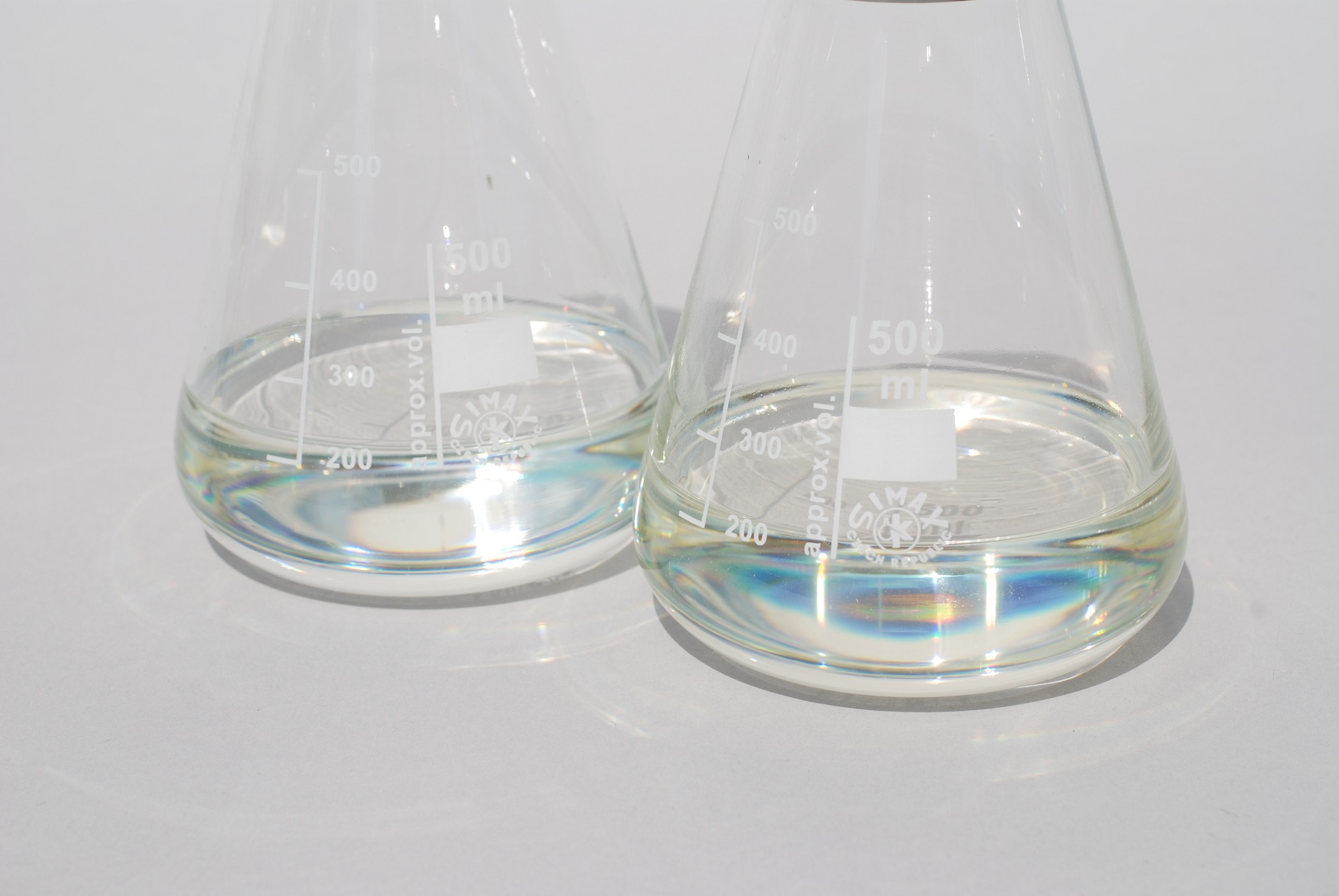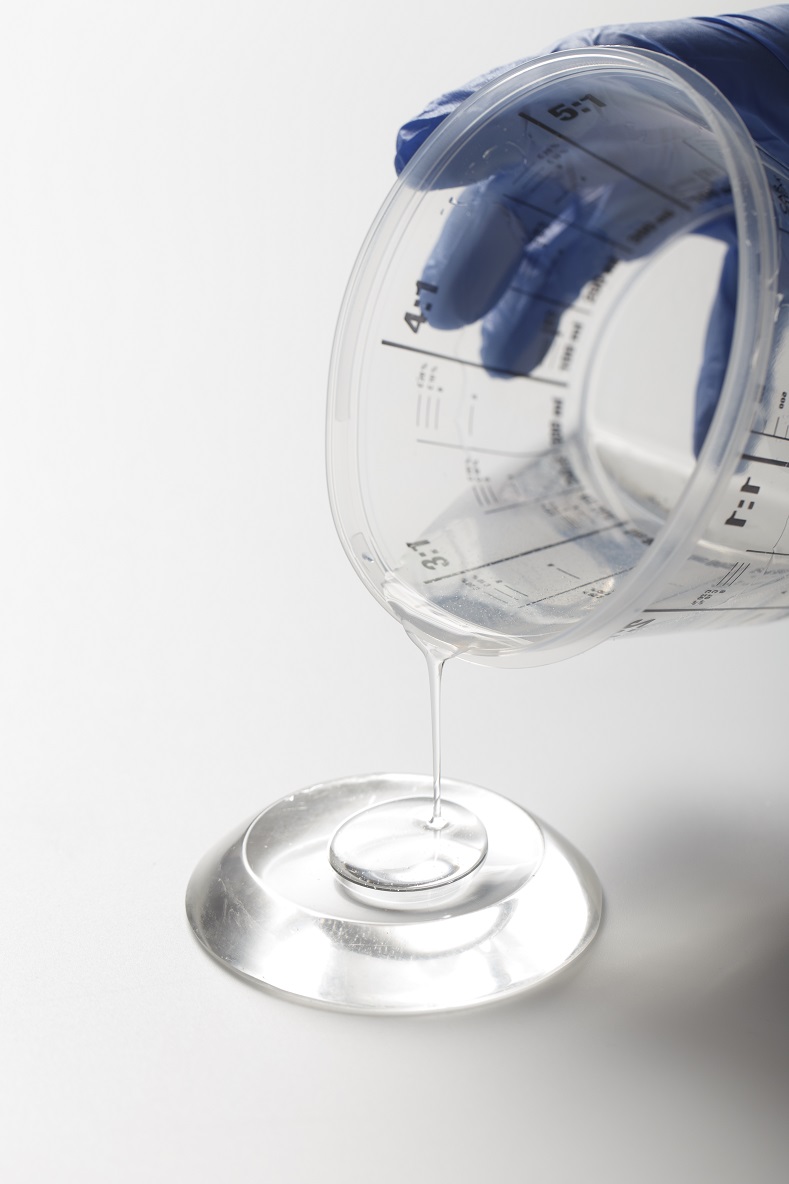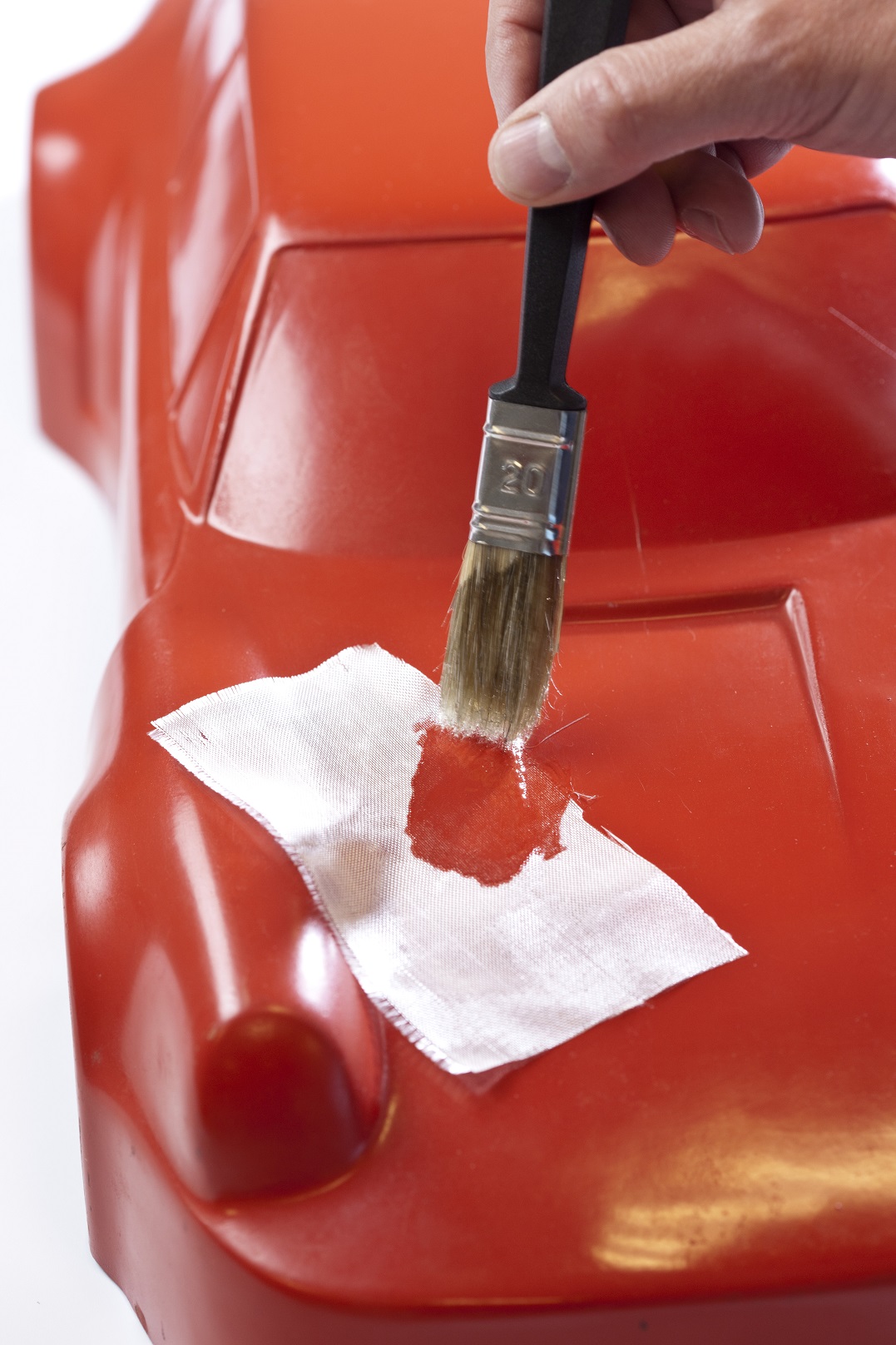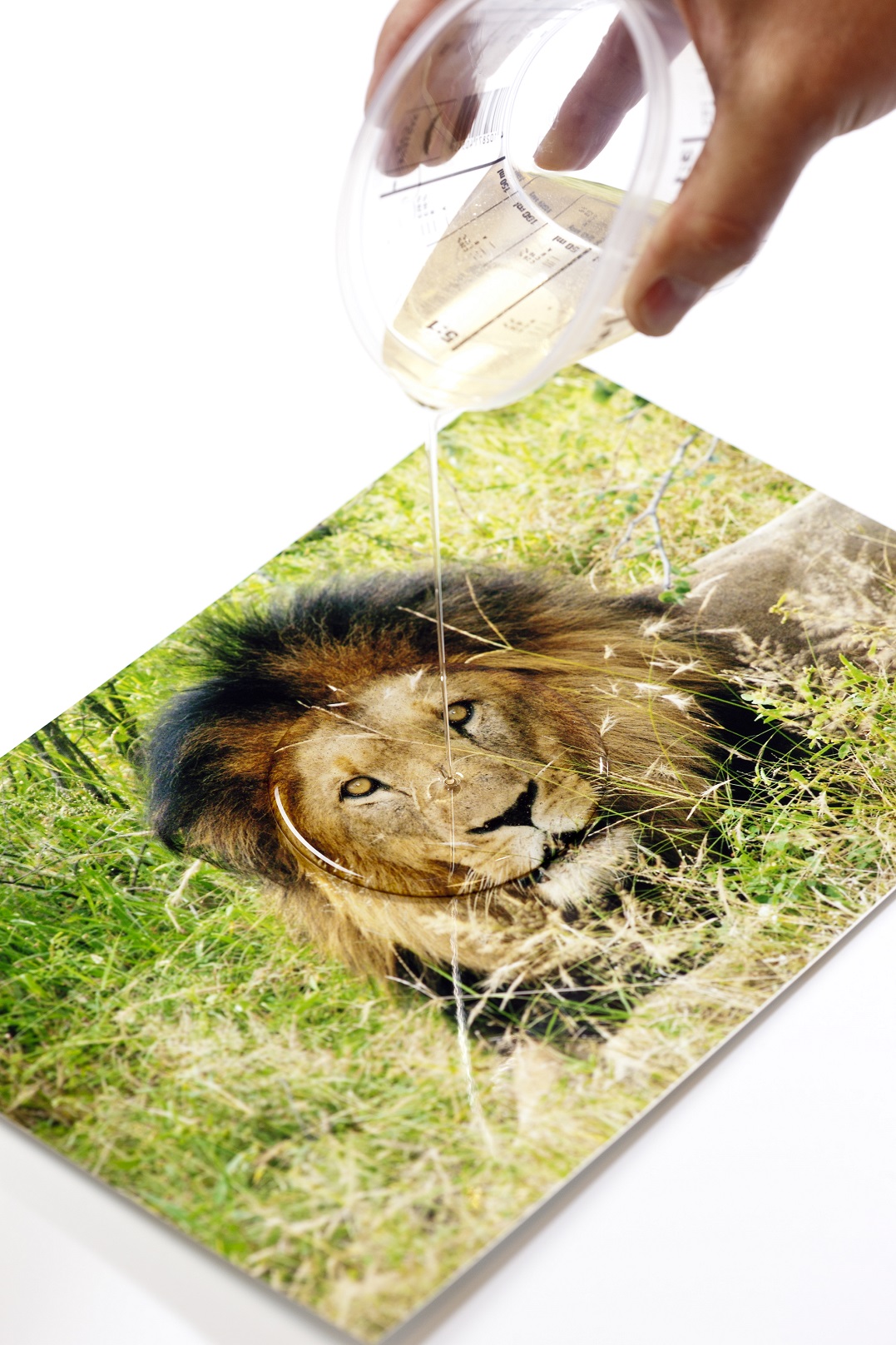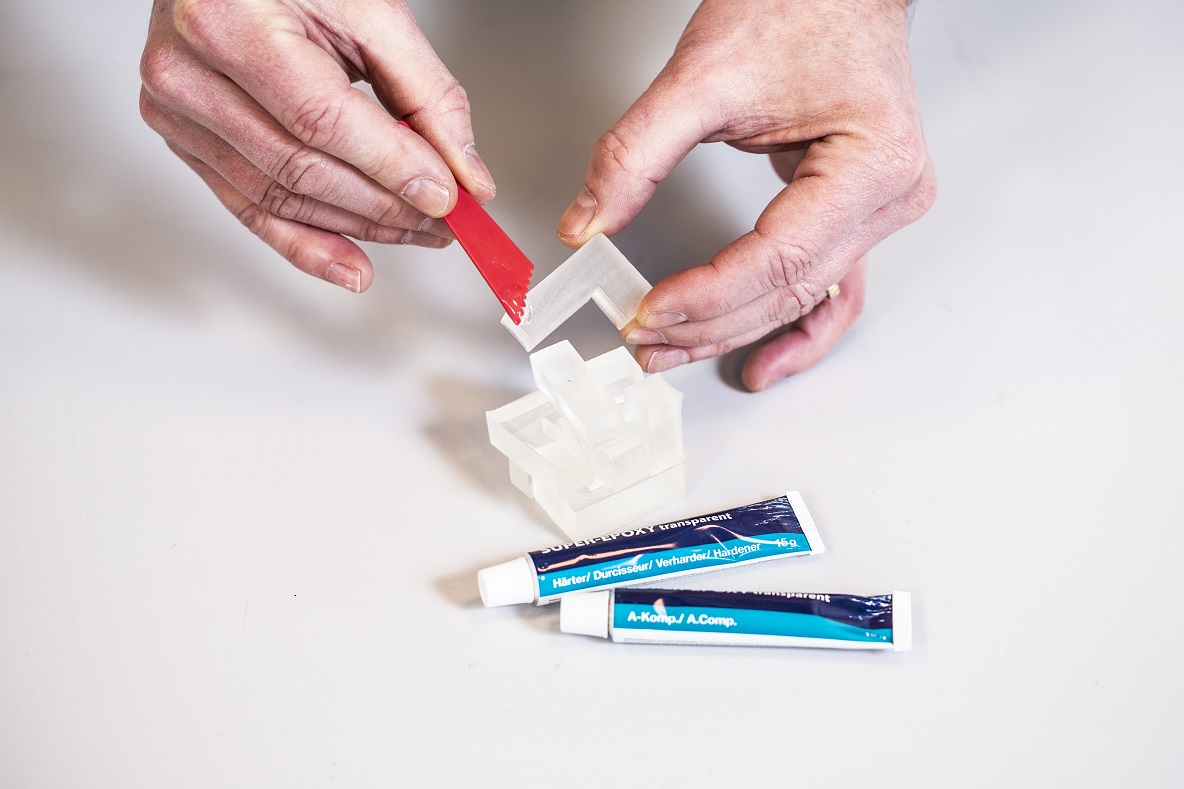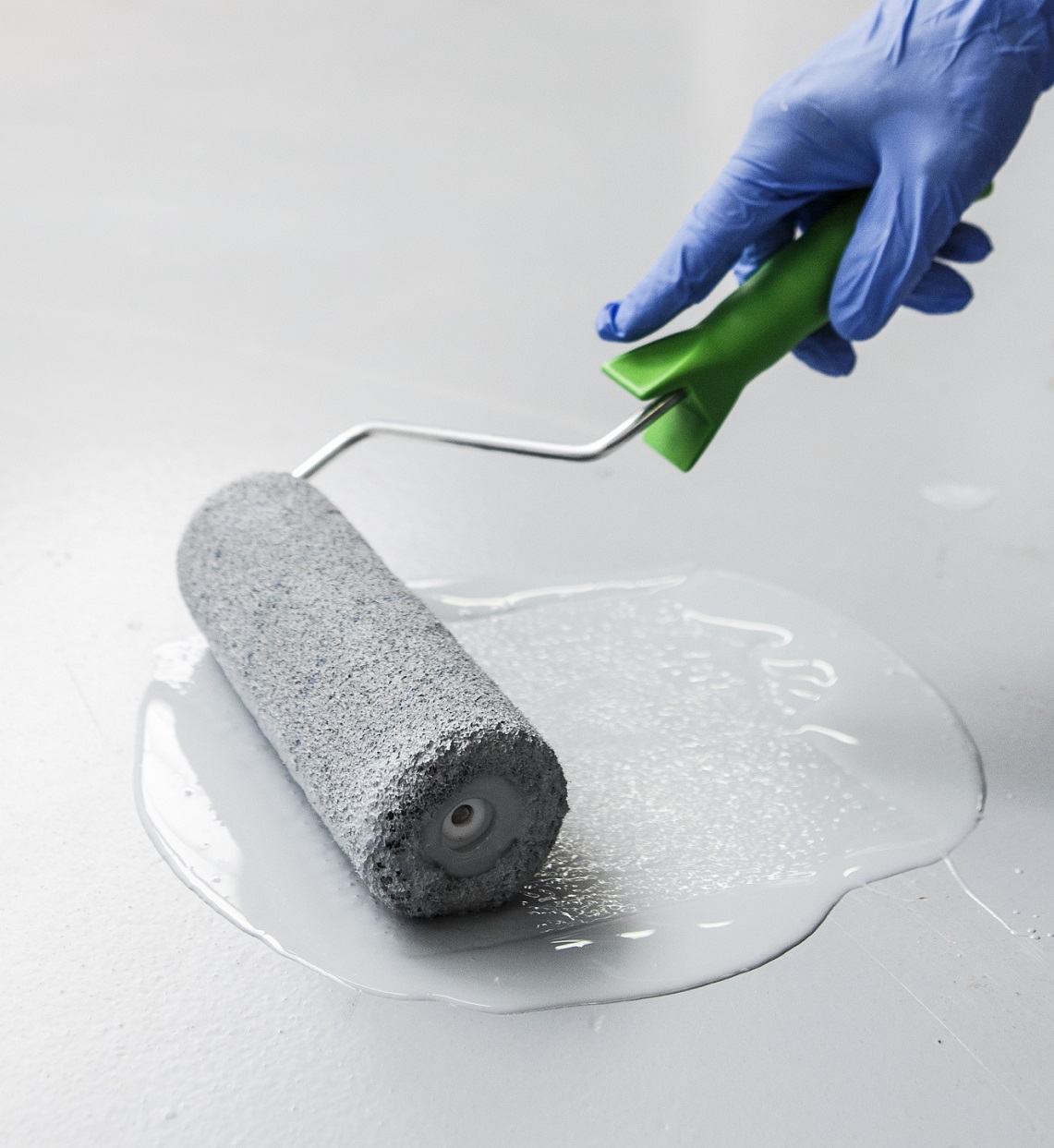



Applications of epoxy
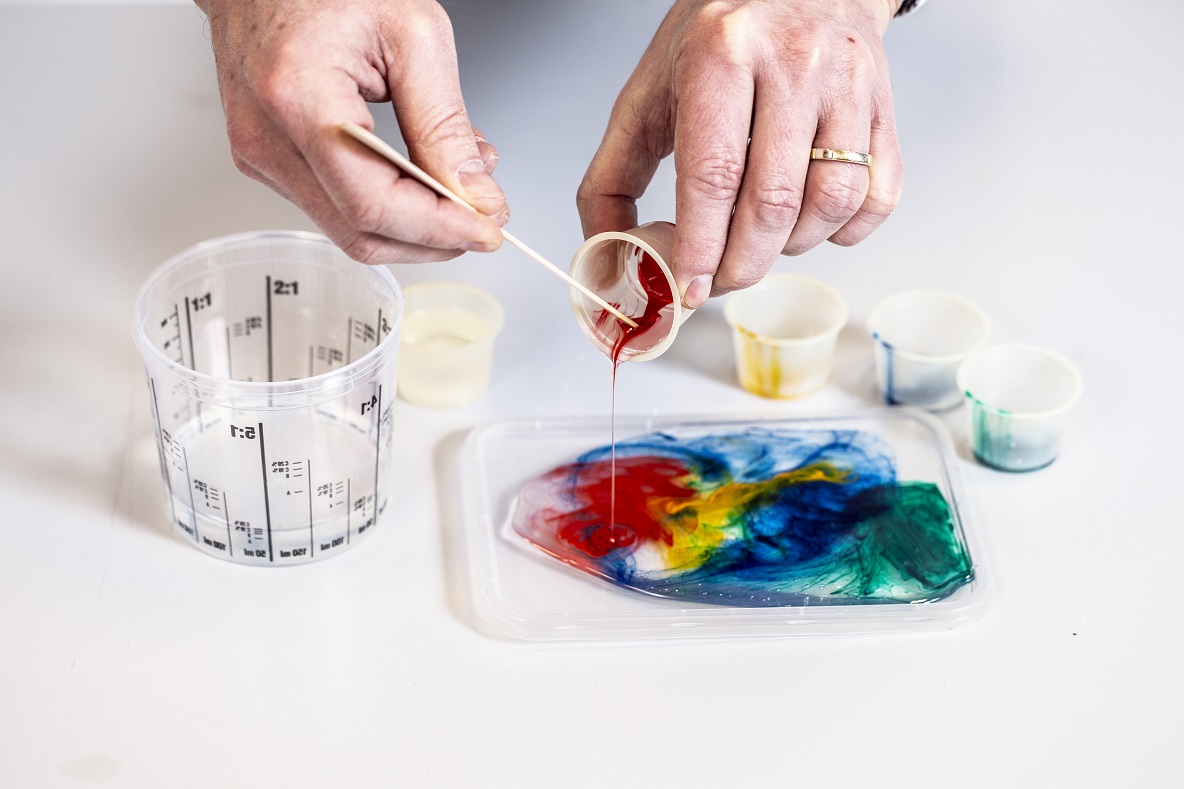
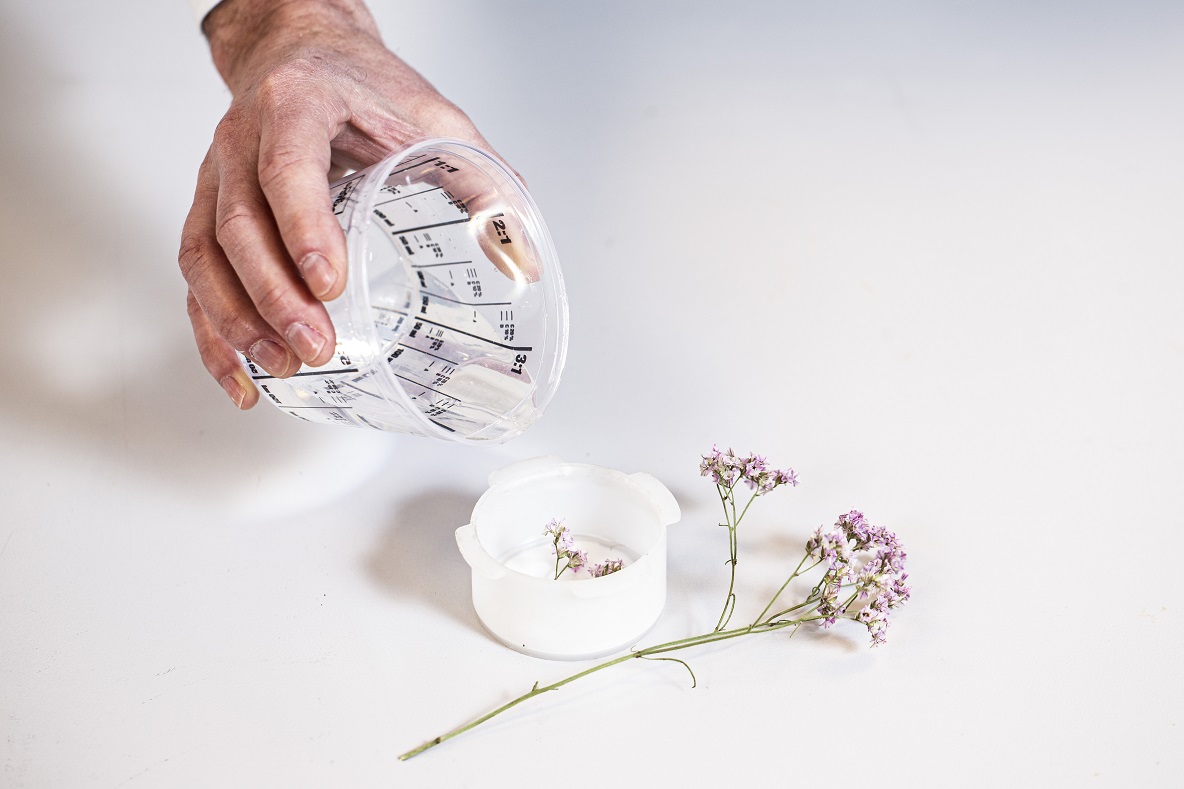
Epoxy resins have many successful applications in the plastics industry. This is mainly due to the fact that they are versatile, easy to use and therefore universally applicable. You have undoubtedly come across items made from epoxy resins. They are used, for example, in household appliances, large building constructions, computers, satellites, on beverage cans, ship walls, etc.
Bio-epoxy is one of the most universally applicable epoxy resins. This bio-based epoxy resin is made from natural raw materials including cashew nut shells. The high wear resistance of this resin ensures that products made with bio-epoxy are strong and durable. Bio-epoxy is used in the food sector, model making, aircraft construction and composite repairs.
Under the influence of UV rays, epoxy has a tendency to yellow. This is why the use of a UV-resistant topcoat is recommended for the finish.
Working with epoxy
Summary
Benefits
- Strong
- Durable
- Odourless
- Self-levelling
- Electrically insulating
- Crystal-clear
- Water- and vapour-proof
- Food-safe
- Adhesion on polyester
- Colourable
Disadvantages
- Sensitive to UV light
- Allergic reaction if inhaled
- More expensive than polyester
- Attention and accuracy required in weighing and processing
- Weight ratio

